11/11/2017, HERITAGE "Entertainment & Music Memorabilia": Lots
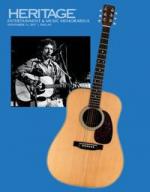
Lots sur Marilyn Monroe des enchères
'Entertainment & Music Memorabilia'
organisées le 11 novembre 2017
par Heritage Auctions à Dallas aux Etats-Unis.
> 11/11/2017, HERITAGE "Entertainment & Music Memorabilia": Vente et Catalogue
Lot 89001: A Marilyn Monroe Unusual Inscribed 'Frame Glass' to Arthur Miller, Circa 1960.
A black and white photograph of the star circa 1956, looking wistful, housed in a black wooden frame with the glass signed by her in red wax pencil "I know when / I am not there / for you -- !!!" with her added line marks below forming what look like "X's" or "M's" or both but hard to decipher; consigned directly by the daughters of Aaron Frosch [Monroe's attorney] who said that when their father was handling MM's divorce from Arthur Miller, she gave Frosch a number of items she didn't want anymore, including this photograph which she evidently inscribed to Miller as an apology; interestingly, MM wrote this note with a colored wax pencil, the same kind she used to cross out images of herself on contact sheets that she didn't like; also intriguing to speculate about the photograph itself: it was likely a favorite of hers or Miller's and it was probably hanging somewhere in the couple's home where MM knew Miller would see her message on it. (Please note the inscription has changed to an orangish color and it's faded due to age.)
Matted and framed: 14 1/2" x 12" 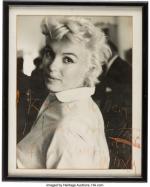
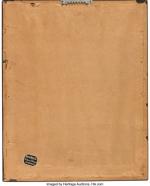
Lot 89002: A Marilyn Monroe Signed Document, 1952.
Two pages, typed, first page is on Twentieth Century Fox letterhead, dated "June 5, 1952," an eight paragraph agreement outlining the tedious details of the star's payment schedule at the studio, signed by her on the second page in blue fountain pen ink "Marilyn Monroe;" matted and framed in a pretty display featuring a black and white image of MM above brass-like plaques relaying general information about her.
Document only: 10" x 8"; Overall piece: 24" x 34"
Lot 89003: A Marilyn Monroe Signed Waiver, 1957.
One page, typed, dated "July 24, 1957," short document outlining how a meeting of Marilyn Monroe Productions was to be held at an office on Madison Avenue in NYC, signed by the star in blue foutain pen ink in the lower right corner "Marilyn Monroe" along with the signatures of two of her business associates; matted and framed next to three MM collectibles: a plastic "Marilyn Monroe Drawing Aid" (with its original backing), a piece of "Marilyn's Bedsheet!" with its original packaging, and a pocket knife featuring her 'Golden Dreams' nude image (but reversed); included with a LOA from JSA Authentication.
Document only: 10 1/2" x 8"; Whole display: 19" x 26 1/2" 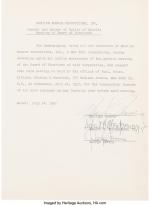
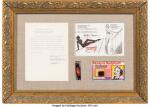
Lot 89004: A Marilyn Monroe (and Others) Signed Autograph Book Page, 1956.
Brownish-red leather cover, inside pastel pages inscribed in various colors of fountain pen or ballpoint ink (some to "Henry") by stars including Marilyn Monroe who signed in blue ballpoint ink and added "Warmest Regards" and (in alphabetical order): Ray Bolger, Bing Crosby, Xavier Cugat, Edward Duke of Windsor (who added "March 23rd 1956"), Hedda Hopper, President Herbert Hoover, Frank Sinatra, and President Harry Truman, among a few others who are illegible.
4 1/2" x 5" 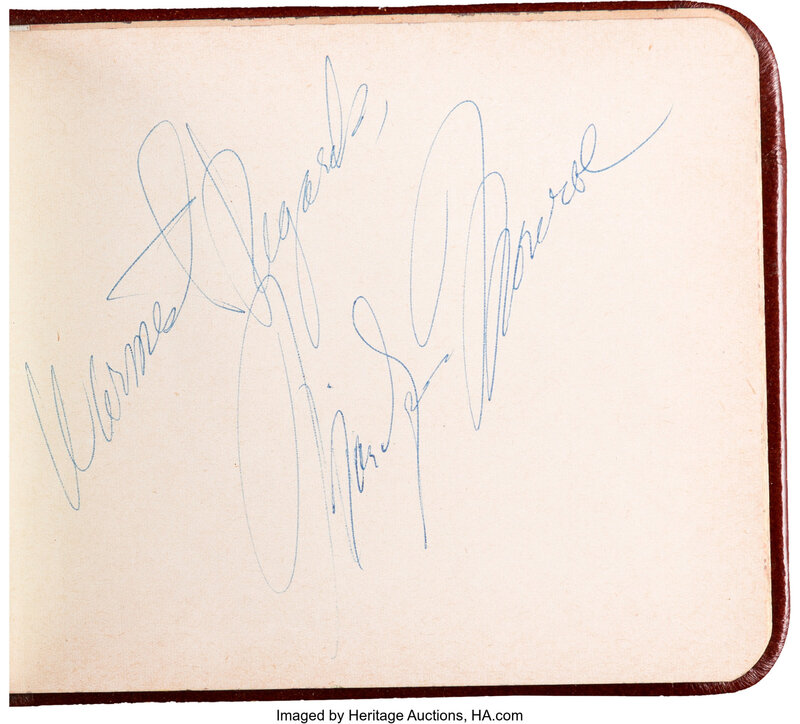

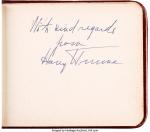

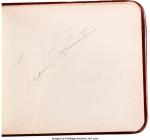

Lot 89005: A Marilyn Monroe Signed Program from the 'April in Paris Ball,' 1957.
Oversized, 15 pages filled with great 'of the era' advertisements plus text about the gala that the star attended with her husband [Arthur Miller] as did JFK, Jackie, and the Duke and Duchess of Windsor among other luminaries; signed in pencil upside down on the front cover "Marilyn Monroe Miller;" included with an undated handwritten note from a "Beverly Heath" who writes in part "Mrs. Marilyn Monroe Miller / autographed the evening's program which / I also attended / ...At the time I was a 'Rockette' at Radio City Music Hall / ...As I recall, Marilyn was / wearing a quite revealing (for the time) / low cut black sequined dress;" further included is a LOA from PSA/DNA. (Please note MMM's signature is somewhat faded now as it was written in pencil and the program is somewhat dog-eared and creased.)
14" x 11" 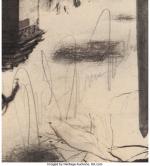
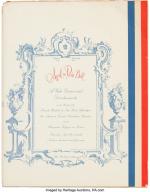

Lot 89006: A Marilyn Monroe Group of Business Documents, 1950s.
Five total including:
1) an invoice from 'Hearst Metrotone News,' addressed to "Marilyn Monroe Productions," dated "November 21, 1956," in the amount of "$257.50" for "Coverage of arrival of Marilyn Monroe and Arthur / Miller at Idlewild Airport;"
2) a paycheck stub from 'Twentieth Century Fox,' dated "12-12-59," for "services of Marilyn Monroe;"
3) an invoice from 'The Waldorf-Astoria,' addressed to "Monroe Miss Marilyn," dated "Apr 19-25, 1955," outlining charges to her hotel room totaling "$75.80,"
4) a paycheck stub from 'Marilyn Monroe Productions, Inc.,' noting the gross earnings of "$7,142.86,"
and 5) a bank statement from 'Colonial Trust Company,' addressed to "Marilyn Monroe Productions, Inc.," dated "Sept 1-27, 1957," showing the various balances for the month;
all originally from the star's personal files.
11" x 8 1/2" and smaller 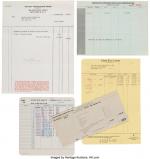
Lot 89007: A Marilyn Monroe-Related Group of Documents, 1955-1956.
Three total including:
1) an invoice addressed to "Mlle. Marilyn Monroe / Hotel Waldorf-Astoria / Park Avenue / New York City" from 'Signorina Eugenia Inc.,' dated "June 29, 1955," in the amount of "$39.14 for special order shoes;"
2) a check from 'Marilyn Monroe Productions, Inc.,' dated "July 14, 1955," to the shoemaker, interestingly signed in black fountain pen ink in the lower right corner "Milton H. Greene" [her short-lived business partner in MMP, Inc.];
and 3) another check from MMP, Inc., dated "Feb 3, 1956," written out to MM in the amount of "$404.30," also signed by Greene in blue ballpoint ink. (Please note there is a small hole in the upper center of the invoice and its original fold marks are still evident.)
11" x 8 1/2"
Lot 89008: A Marilyn Monroe Group of Likely Never-Before-Seen Black and White Photographs from Korea, 1954.
Twenty total, all original prints with a glossy finish, all shot by one of the official Army photographers who had close access to the star; including: three that show MM wearing pants, a bomber jacket, and combat boots; seven that show MM in a black turtleneck, pants, and combat boots surrounded by others in the mess hall; three that show MM in a houndstooth-like print dress; six that show MM on stage wearing a sequined dress with spaghetti straps as she sings for the soldiers; and one that shows the outdoor stage and the audience before MM appears (so MM is not in this shot); though these images are all similar to many others we've seen before, these exact ones have never been viewed by the public before; consigned by the family of soldier who shot them 63 years ago.
5" x 4" 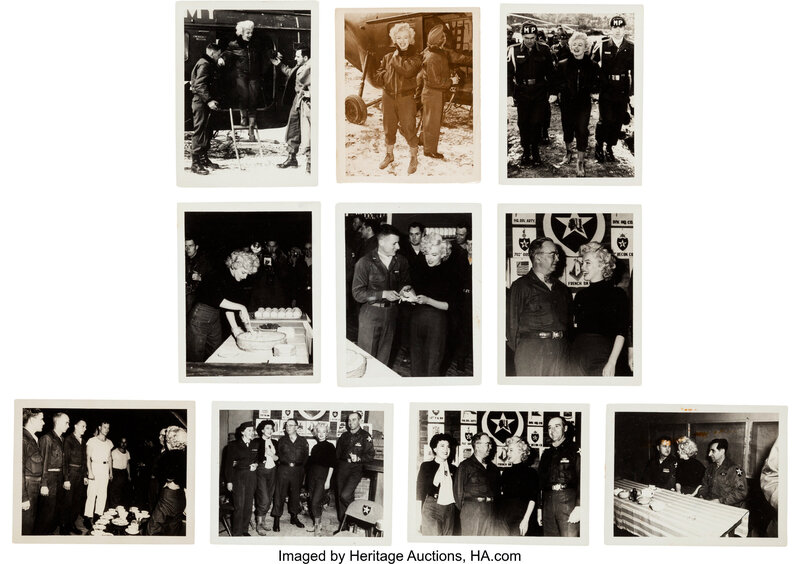

Lot 89009: A Marilyn Monroe Pair of Rare Black and White Photographs by Jean Howard, Circa 1952.
Both original prints with a semi-gloss finish, both on double-weight paper, both depicting the star in a sultry pose as she wears a spaghetti-strapped top with a dark-colored over-blouse, both stamped twice on the verso "Photograph / by / Jean Howard" -- Howard being the 1930s-era actress turned photographer who was married to the Hollywood power player Charles K. Feldman who was MM's agent for a number of years; directly from Howard's own files as consigned to this auction by her grand-niece. (Please note both negatives, which are not included, appear to have been scratched or dusty when the photographs were printed.)
13" x 9" 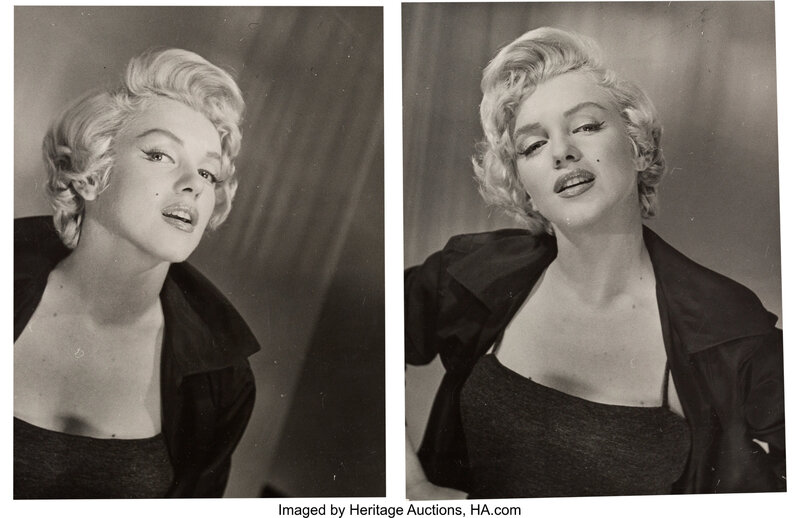
Lot 89010: A Marilyn Monroe Group of Rare Black and White Photographs by Jean Howard, Circa 1952.
All original prints with a semi-gloss finish, all on double-weight paper, all depicting the star looking happy as she smiles (two are identical but printed differently), all stamped twice on the verso "Photograph / by / Jean Howard" -- Howard being the 1930s-era actress turned photographer who was married to the Hollywood power player Charles K. Feldman who was MM's agent for a number of years; directly from Howard's own files as consigned to this auction by her grand-niece. (Please note both negatives, which are not included, appear to have been scratched or dusty when the photographs were printed.)
13" x 10" 
Lot 89011: A Marilyn Monroe Pair of Rare Black and White Photographs by Jean Howard, 1953.
Both original prints, both with a glossy finish, one depicting MM alone on the set of her 1953 20th Century Fox film, "How To Marry A Millionaire;" one showing her deep in discussion with director Jean Negulesco; both shot by Jean Howard -- the 1930s-era actress turned photographer who was married to the Hollywood power player Charles K. Feldman who was MM's agent for a number of years; Howard had access to the set of this now-classic film for a few days where she shot a number of still photographs in-between and during filming; directly from Howard's own files as consigned to this auction by her grand-niece. (Please note both negatives, which are not included, appear to have been scratched or dusty when the photographs were printed; image with MM and JN has wrinkling in the lower left corner.)
10" x 8" 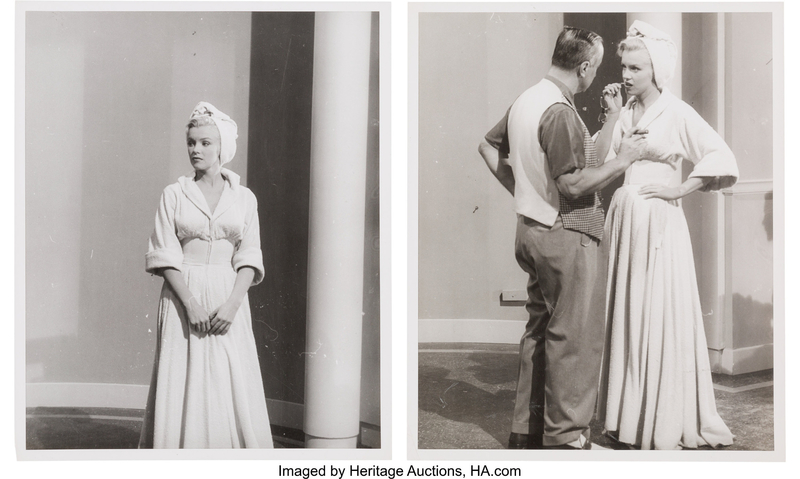
Lot 89012: A Marilyn Monroe Pair of Rare Black and White Photographs by Jean Howard, 1953.
Both original prints with a glossy finish, both depicting MM and co-star Lauren Bacall on the set of their 1953 20th Century Fox film, "How To Marry A Millionaire," both shot by Jean Howard -- the 1930s-era actress turned photographer who was married to the Hollywood power player Charles K. Feldman who was MM's agent for a number of years; Howard had access to the set of this now-classic film for a few days where she shot a number of still photographs in-between and during filming; directly from Howard's own files as consigned to this auction by her grand-niece.
10" x 8" 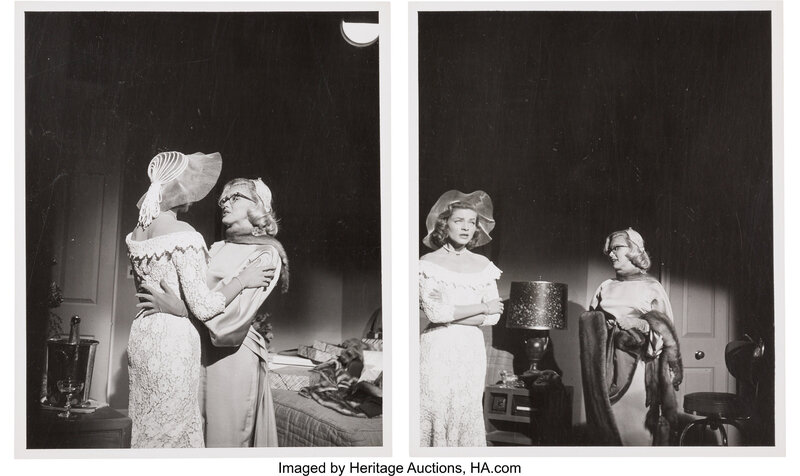
Lot 89013: A Marilyn Monroe Group of Rare Black and White Photographs by Jean Howard, 1953.
Four total, all original prints with a glossy finish; three depicting MM and director Jean Negulesco on the set of their 1953 20th Century Fox film, "How To Marry A Millionaire;" one showing just MM alone; all shot by Jean Howard -- the 1930s-era actress turned photographer who was married to the Hollywood power player Charles K. Feldman who was MM's agent for a number of years; Howard had access to the set of this now-classic film for a few days where she shot a number of still photographs in-between and during filming; directly from Howard's own files as consigned to this auction by her grand-niece. (Please note two negatives, which are not included, appear to have been scratched or dusty when the photographs were printed.)
8" x 10" 
Lot 89014: A Marilyn Monroe Group of Sepia Photographs by Jean Howard, 1953.
Three total, all original prints with a matte finish, all on double weight paper, all depicting MM and co-stars Lauren Bacall and Betty Grable in outtake shots from the very well-known set of their 1953 20th Century Fox film, "How To Marry A Millionaire," all stamped on the verso "Photograph by / Jean Howard," one further stamped "Photograph by / Jean Howard" and "Copyright / Jean Howard" in different ink -- Howard being the 1930s-era actress turned photographer who was married to the Hollywood power player Charles K. Feldman who was MM's agent for a number of years; Howard had access to the set of this now-classic film for a few days where she shot a number of still photographs in-between and during filming; directly from Howard's own files as consigned to this auction by her grand-niece.
9 1/2" x 7 1/2" 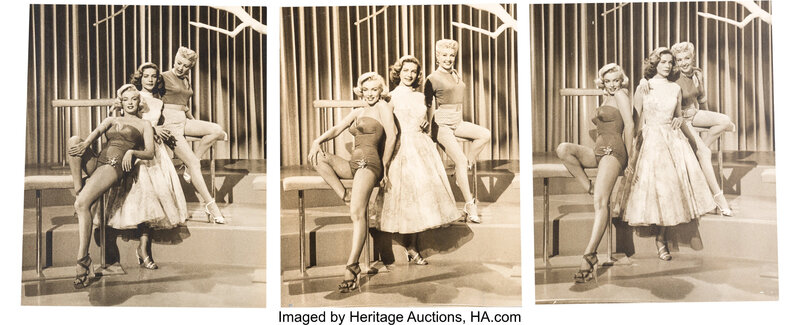
Lot 89015: A Marilyn Monroe Pair of Rare Black and White Photographs by Jean Howard, 1953.
Both original prints, one with a glossy finish, one with a semi-gloss finish, both depicting MM with her co-stars [Betty Grable, Lauren Bacall, and extras] from the 1953 20th Century Fox film, "How To Marry A Millionaire," both stamped twice on the verso "Photograph by / Jean Howard," one further stamped "Copyright / Jean Howard" -- Howard being the 1930s-era actress turned photographer who was married to the Hollywood power player Charles K. Feldman who was MM's agent for a number of years; Howard had access to the set of this now-classic film for a few days where she shot a number of still photographs in-between and during filming; directly from Howard's own files as consigned to this auction by her grand-niece. (Please note both show slight creases and dents in raking light; the horizontal image has further wrinkling on the upper right margin.)
13" x 10" 
Lot 89016: A Marilyn Monroe Group of Rare Black and White Photographs by Jean Howard, 1953.
Five total, all original prints with a glossy finish, all depicting MM and co-star William Powell on the set of their 1953 20th Century Fox film, "How To Marry A Millionaire," all shot by Jean Howard -- the 1930s-era actress turned photographer who was married to the Hollywood power player Charles K. Feldman who was MM's agent for a number of years; Howard had access to the set of this now-classic film for a few days where she shot a number of still photographs in-between and during filming; directly from Howard's own files as consigned to this auction by her grand-niece. (Please note the negatives, which are not included, appear to have been scratched or dusty when the photographs were printed; four have slight paper loss in the corners but main images are not affected.)
8" x 10" 
Lot 89017: A Marilyn Monroe Group of Rare Black and White Photographs by Jean Howard, 1953.
Five total, all original prints with a glossy finish, all depicting MM and co-stars Lauren Bacall and William Powell on the set of their 1953 20th Century Fox film, "How To Marry A Millionaire," all shot by Jean Howard -- the 1930s-era actress turned photographer who was married to the Hollywood power player Charles K. Feldman who was MM's agent for a number of years; Howard had access to the set of this now-classic film for a few days where she shot a number of still photographs in-between and during filming; directly from Howard's own files as consigned to this auction by her grand-niece. (Please note the negatives, which are not included, appear to have been scratched or dusty when the photographs were printed.)
8" x 10" 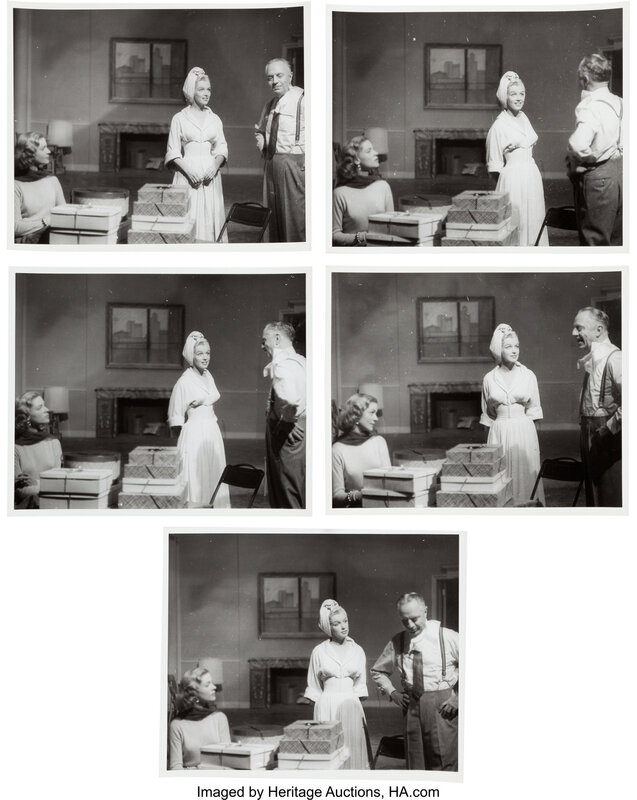
Lot 89018: A Marilyn Monroe Rare Group of Black and White Photographs by Jean Howard, 1953. Four total, all original prints with a glossy finish, all depicting MM, Lauren Bacall, and William Powell on the set of their 1953 20th Century Fox film, "How To Marry A Millionaire," all shot by Jean Howard -- the 1930s-era actress turned photographer who was married to the Hollywood power player Charles K. Feldman who was MM's agent for a number of years; Howard had access to the set of this now-classic film for a few days where she shot a number of still photographs in-between and during filming; directly from Howard's own files as consigned to this auction by her grand-niece. (Please note the negatives, which are not included, appear to have been scratched or dusty when the photographs were printed.)
8" x 10" 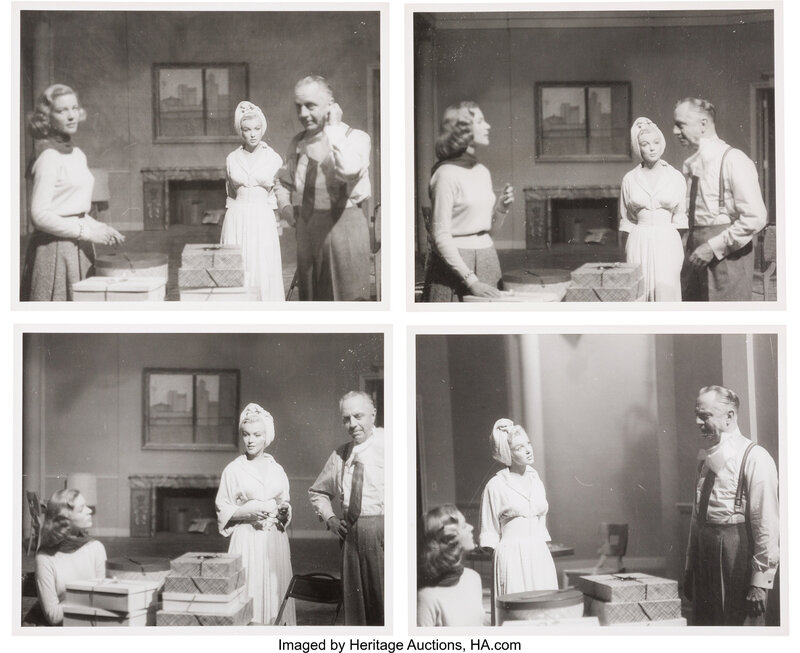
Lot 89019: A Marilyn Monroe Group of Rare Black and White Photographs by Jean Howard, 1953. Seven total, all original prints with a glossy finish, all depicting MM and co-stars William Powell and Lauren Bacall (with one also showing director Jean Negulesco) on the set of their 1953 20th Century Fox film, "How To Marry A Millionaire," all shot by Jean Howard -- the 1930s-era actress turned photographer who was married to the Hollywood power player Charles K. Feldman who was MM's agent for a number of years; Howard had access to the set of this now-classic film for a few days where she shot a number of still photographs in-between and during filming; directly from Howard's own files as consigned to this auction by her grand-niece. (Please note the negatives, which are not included, appear to have been scratched or dusty when the photographs were printed.)
8" x 10"
Lot 89020: A Marilyn Monroe Group of Rare Black and White Photographs by Jean Howard, 1953. Seven total, all original prints with a glossy finish, all depicting MM mainly with co-star Betty Grable but also with Lauren Bacall and William Powell (while director Jean Negulesco appears in four) on the set of their 1953 20th Century Fox film, "How To Marry A Millionaire," all shot by Jean Howard -- the 1930s-era actress turned photographer who was married to the Hollywood power player Charles K. Feldman who was MM's agent for a number of years; Howard had access to the set of this now-classic film for a few days where she shot a number of still photographs in-between and during filming; directly from Howard's own files as consigned to this auction by her grand-niece. (Please note the negatives, which are not included, appear to have been scratched or dusty when the photographs were printed.)
8" x 10" 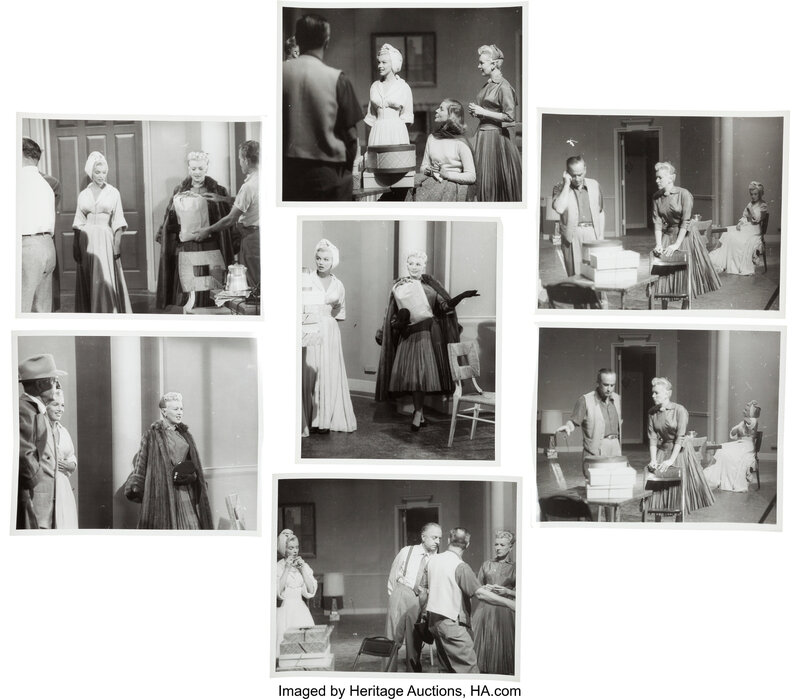
Lot 89021: A Marilyn Monroe Group of Rare Black and White Photographs by Jean Howard, 1953.
Four total, all original prints with a glossy finish, all depicting MM and co-stars Lauren Bacall, Rory Calhoun, and Betty Grable on the set of their 1953 20th Century Fox film, "How To Marry A Millionaire," all shot by Jean Howard -- the 1930s-era actress turned photographer who was married to the Hollywood power player Charles K. Feldman who was MM's agent for a number of years; Howard had access to the set of this now-classic film for a few days where she shot a number of still photographs in-between and during filming; directly from Howard's own files as consigned to this auction by her grand-niece. (Please note the negatives, which are not included, appear to have been scratched or dusty when the photographs were printed.)
8" x 10" 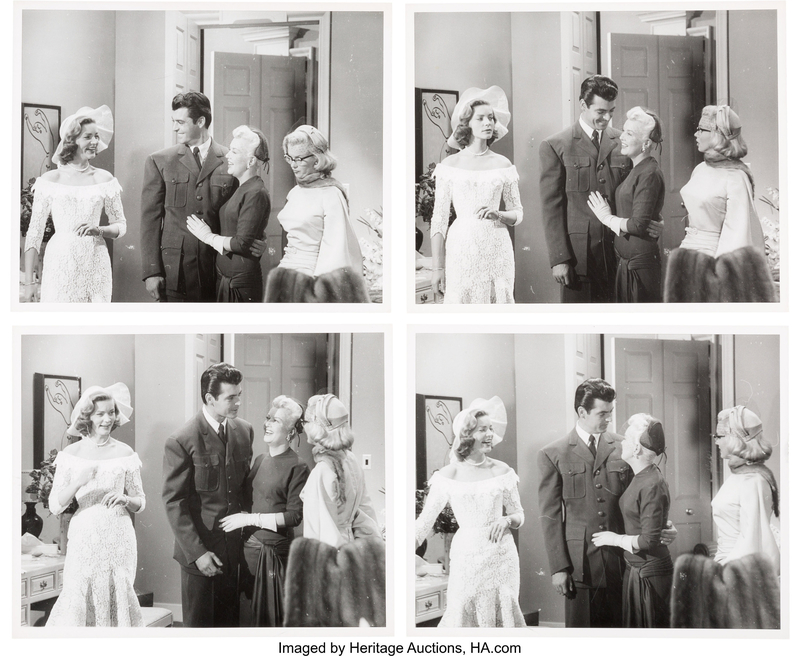
Lot 89022: A Marilyn Monroe Playboy Magazine-Related Limited Edition Serigraph Initialed by Hugh Hefner, 1991.
Depicting the now-famous first cover of the magazine from December 1953, numbered in pencil in the lower left corner "771/950" and initialed in pencil in the lower right corner "HMH" [Hugh Marston Hefner]; issued by Special Editions Limited in August 1991; included with a Certificate of Documentation; a beautiful quality print in excellent condition displaying the oversized image of one of the most famous magazine covers of the 20th century!
36" x 26" 
Lot 89023: A Marilyn Monroe Black and White Photograph Signed by Milton H. Greene, 1956, 1979.
A later print with a glossy finish, depicting the star from her famous 'Black Sitting,' photographer's stamp on the verso as well as his black felt-tip ink signature reading "Milton H. Greene / 4-12-79." (Please note there is a 2" diagonal tear at the center top and a 1 1/4" diagonal tear near the center right edge.)
16" x 19 3/4" 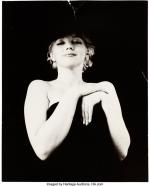
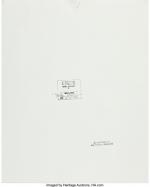
Lot 89725: A Marilyn Monroe and Clark Gable Black and White Photograph by Jean Howard, 1954, 1989.
A later reprint with a glossy finish, depicting a now well-known image of the star dancing with her childhood hero at a post-production party for "The Seven Year Itch" in 1954, verso has typed caption taped to the lower margin noting this detail as well as "copyright / 1989 Jean Howard" -- Howard being the 1930s-era actress turned photographer who was married to the Hollywood power player Charles K. Feldman who was MM's agent for a number of years as well as the producer of "TSYI;" directly from Howard's own files as consigned to this auction by her grand-niece. (Please note there are slight creases seen in raking light only and there is a 1" tear on the lower left margin.)
10" x 8" 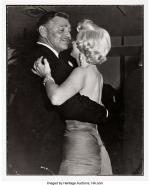
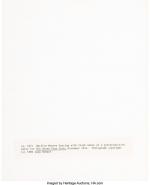
Lot 89726: A Marilyn Monroe and Jean Negulesco Black and White Photograph by Jean Howard, 1953.
An original print with a matte finish, on double-weight paper, depicting the star and her director at the premiere party for "How To Marry a Millionaire" in November 1953, verso with typed press snipe glued to lower right corner reading "L to R: Marilyn Monroe, Director Jean Negulesco;" shot by Jean Howard -- the 1930s-era actress turned photographer who was married to the Hollywood power player Charles K. Feldman who was MM's agent for a number of years; directly from Howard's own files as consigned to this auction by her grand-niece. (Please note there are slight creases along the lower margin.)
10" x 8" 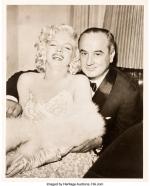

Lot 89727: A Group of Rare Black and White Photographs by Jean Howard from the Set of "How To Marry A Millionaire," 1953.
Fourteen total, all original prints with a glossy finish, mainly depicting stars Lauren Bacall and Betty Grable (none of Marilyn Monroe) on the set of the 1953 20th Century Fox film; all shot by Jean Howard -- the 1930s-era actress turned photographer who was married to the Hollywood power player Charles K. Feldman who was MM's agent for a number of years; Howard had access to the set of this now-classic film for a few days where she shot a number of still photographs in-between and during filming; directly from Howard's own files as consigned to this auction by her grand-niece. (Please note a few of the images have slight creasing and some of the negatives, which are not included, appear to have been scratched or dusty when the photographs were printed.)
8" x 10" 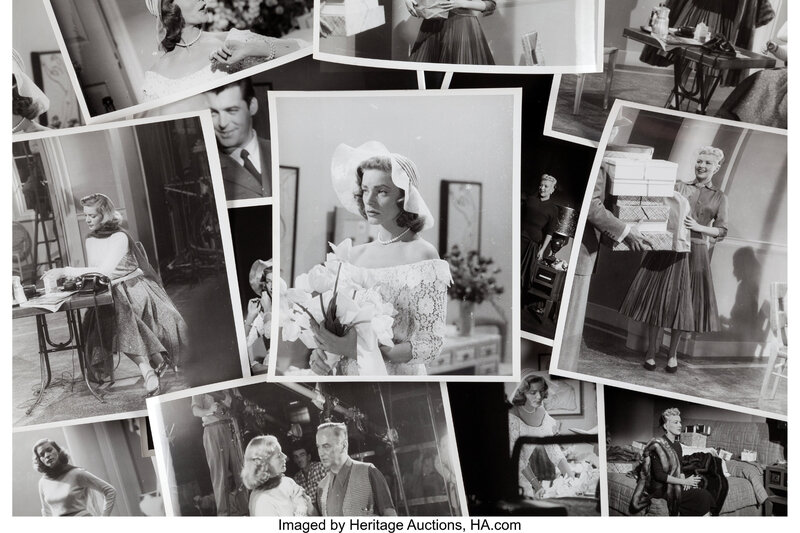
Lot 89728: A Marilyn Monroe-Related Citation from "The Seven Year Itch," 1955.
An "Exhibitor / Laurel Awards / Official 1955 Nomination" [for 'Best Picture'] certificate for MM's most famous film, presented to producer Charles K. Feldman who was also MM's agent; consigned directly by Feldman's ex-wife's [actress turned photographer Jean Howard] grand-niece. (Please note the paper is brittle and wrinkled due to age and the gold seal is missing.)
14" x 10" 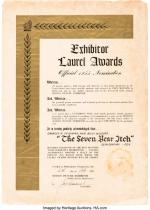
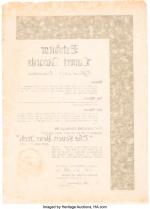
Lot 89730: A Marilyn Monroe Group of Black and White Publicity Stills from "Let's Make Love."
20th Century Fox, 1960. Eighteen total, all original prints with a glossy finish, each depicting MM and co-stars in various scenes from this musical that she made with Yves Montand where they infamously lived out the film's title, each image has printed text on the lower margin noting the film's title and studio, etc.
10" x 8" 
Lot 89731: A Marilyn Monroe Pair of Black and White Negatives.
One showing the screen icon from her film "Home Town Story," the other showing her wearing a potato sack 'dress;' both images shot in 1951 though it's not known if these negatives are from that era or are later ones; includes glossy printed image of both photos.
5" x 4" 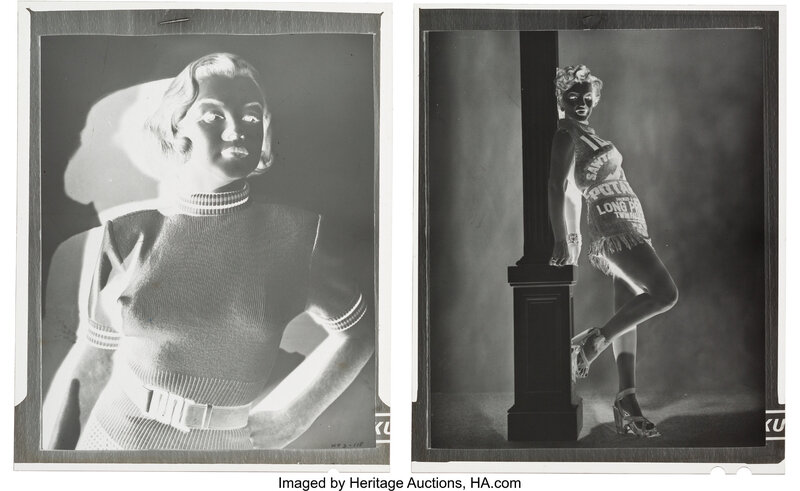
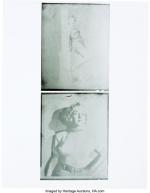
Lot 89732: A Collection of Female Movie Star Memorabilia, Circa 1960s-1970s.
Ten pieces total from David Gest's massive memorabilia collection, including: a 4" metal plate and five playing cards featuring famed Tom Kelley images of a young, nude Marilyn Monroe; a 3" porcelain plate featuring a painted image of Audrey Hepburn, stamped "Mah Vigo / Santa Clara / Made in Spain" on the verso; s similar 3" porcelain plate featuring a painted image of Kim Novak, with the same stamp on the verso as the Hepburn plate; a 1.5" makeup compact, engraved "Mary Pickford" on the bottom; a vinyl record containing a Kathryn Grant interview for radio for her 1959 film The Big Circus, includes a typed transcription of the interview. Conditions: LP - VG-EX 6/ transcription - Very Good; all other pieces Fine to Excellent. From the David Gest Memorabilia Archive.
© All images are copyright and protected by their respective owners, assignees or others.

/image%2F1211268%2F20240504%2Fob_d6bf56_banner-mm-2024-05-spring-summer-1.jpg)
/image%2F1211268%2F20240410%2Fob_40c4f9_blog-gif-mm-niagara-1-3.gif)
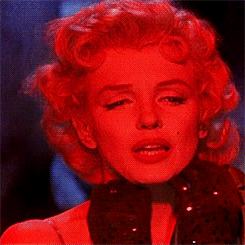
/image%2F1211268%2F20240417%2Fob_0b0d56_2024-03-lee-mexique.jpg)
/https%3A%2F%2Fstorage.canalblog.com%2F19%2F65%2F312561%2F91436129_o.jpg)
/https%3A%2F%2Fstorage.canalblog.com%2F57%2F63%2F312561%2F127743382_o.jpg)
/https%3A%2F%2Fstorage.canalblog.com%2F98%2F05%2F312561%2F84823731_o.jpg)
/https%3A%2F%2Fstorage.canalblog.com%2F01%2F63%2F312561%2F84814201_o.jpg)
/https%3A%2F%2Fstorage.canalblog.com%2F66%2F21%2F312561%2F82823948_o.jpg)
/https%3A%2F%2Fstorage.canalblog.com%2F32%2F31%2F312561%2F124125043_o.jpg)
/https%3A%2F%2Fstorage.canalblog.com%2F31%2F08%2F312561%2F71448014_o.jpg)
/https%3A%2F%2Fstorage.canalblog.com%2F34%2F90%2F312561%2F81829009_o.jpg)
/https%3A%2F%2Fstorage.canalblog.com%2F18%2F35%2F312561%2F61120383_o.jpg)
/image%2F1211268%2F20240410%2Fob_9f471d_blog-gif-mm-syi-1.gif)
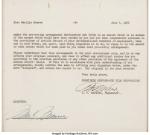
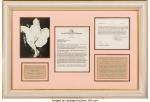
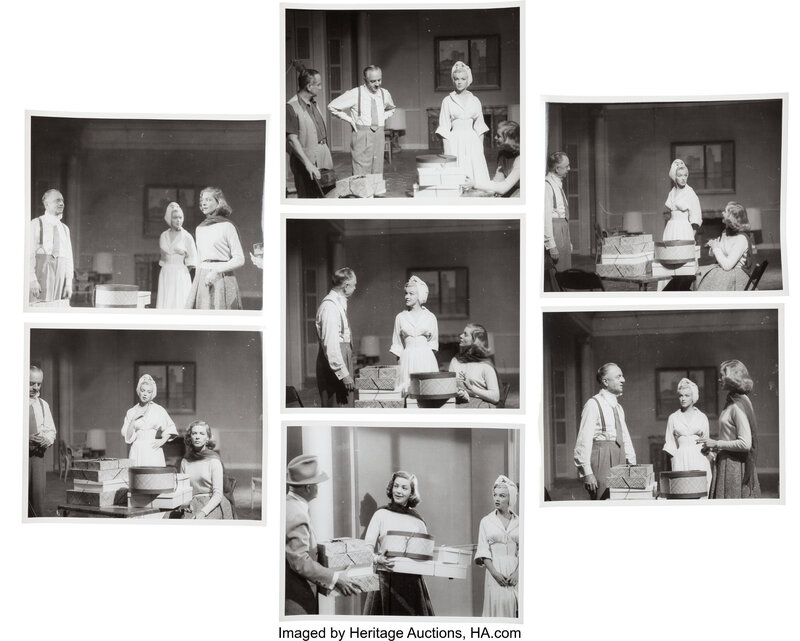
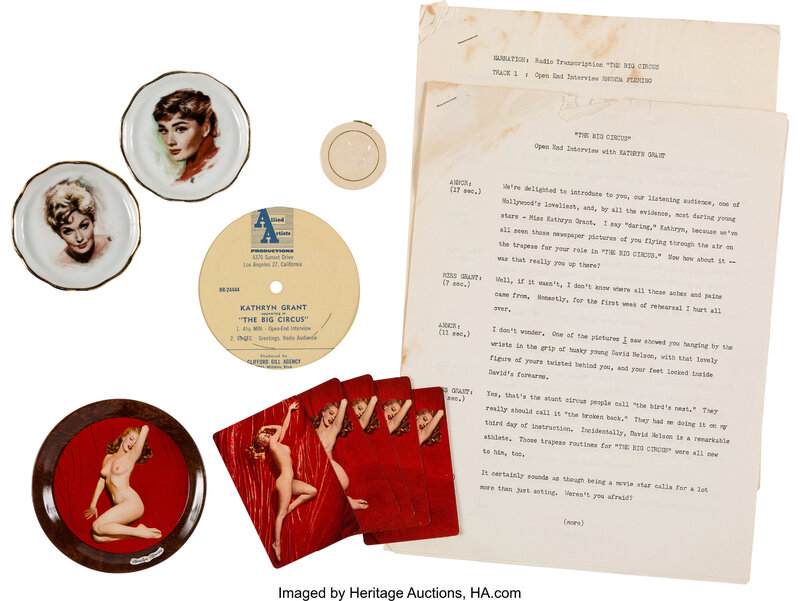



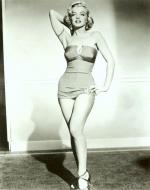

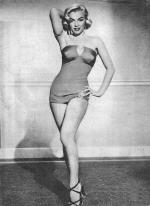
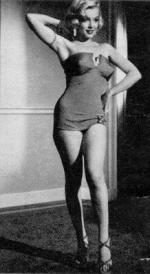
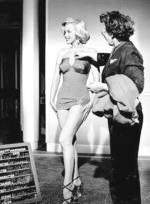


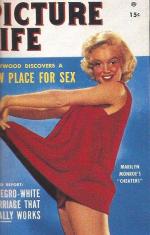


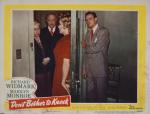
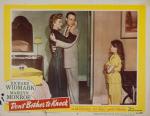
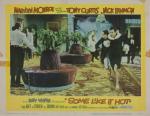
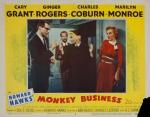

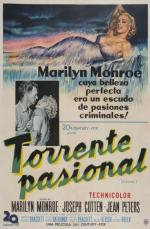
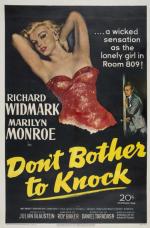


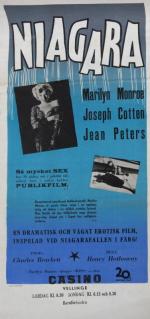
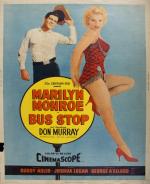
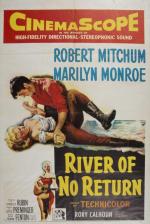
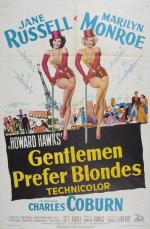
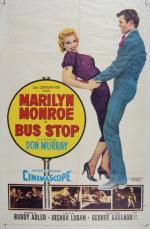

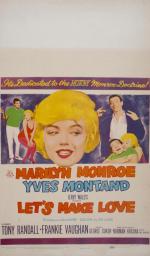
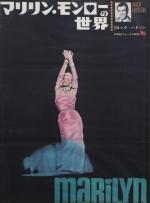

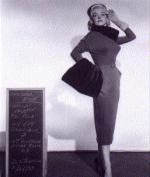
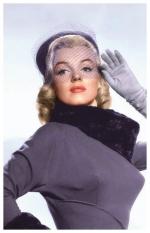

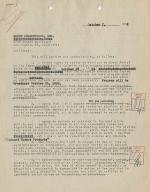

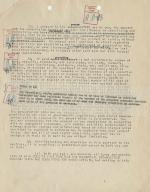


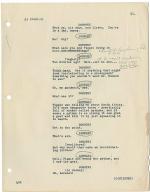

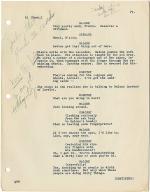


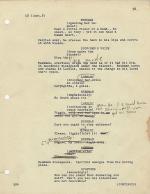


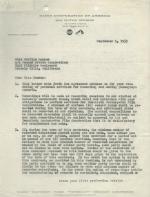

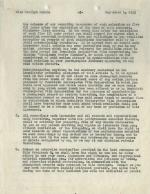





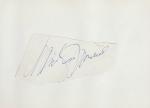
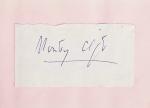
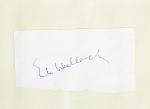


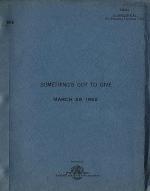
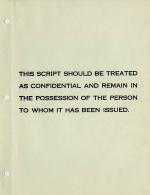
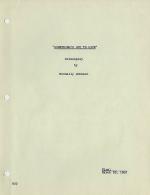

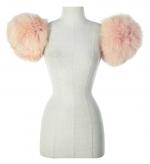

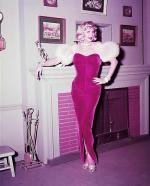
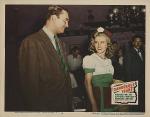
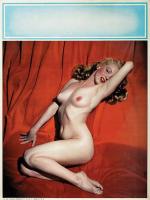
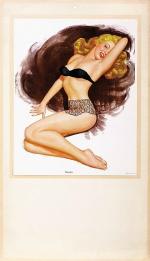

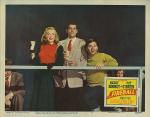
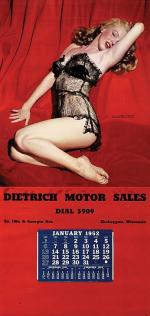
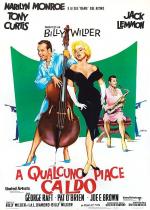
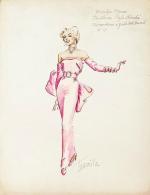

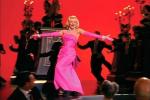
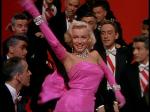
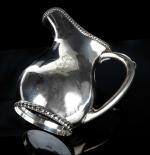
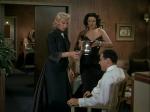
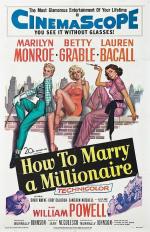
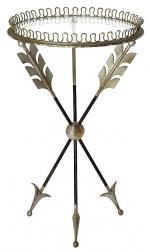



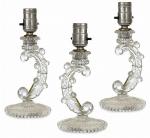
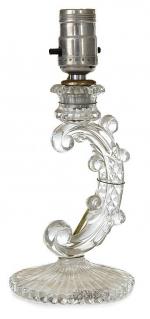


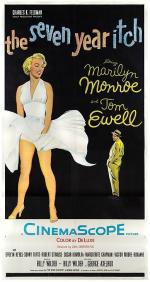







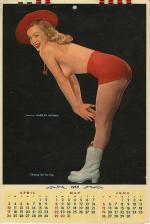
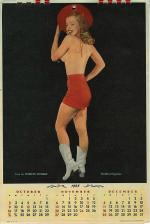


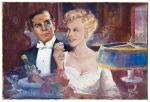

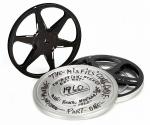
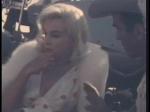
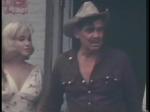

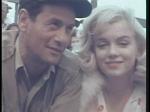
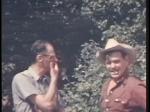
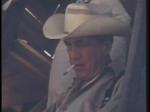
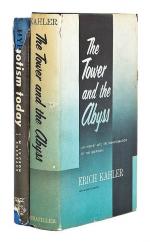


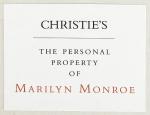


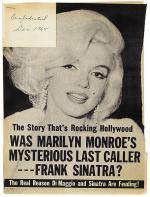
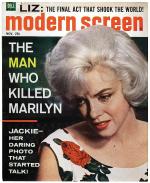
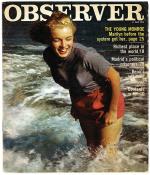


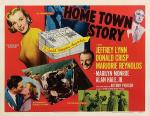
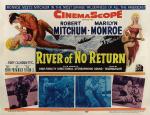
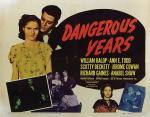
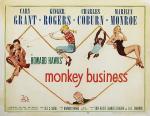


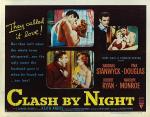



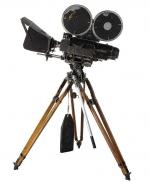
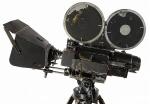


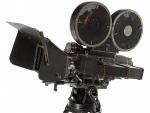




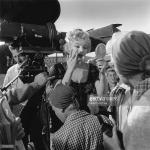

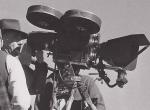


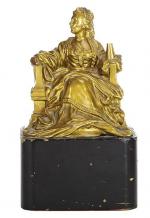
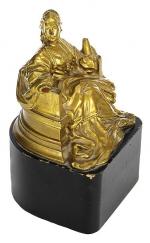

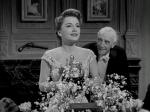


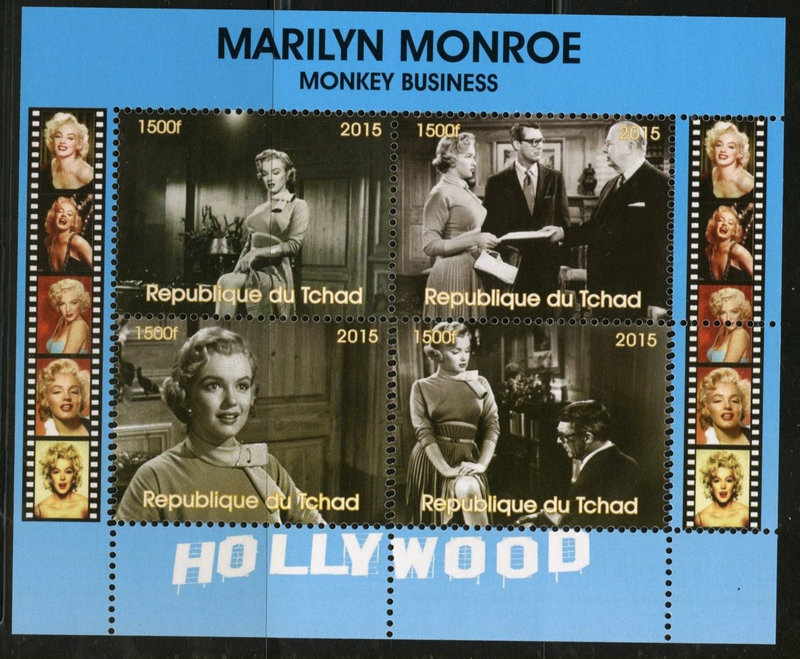


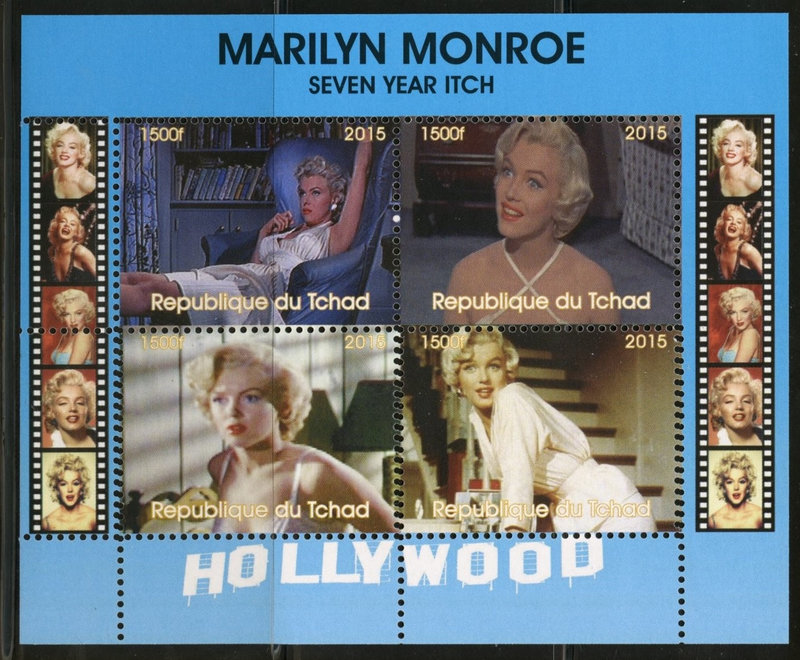



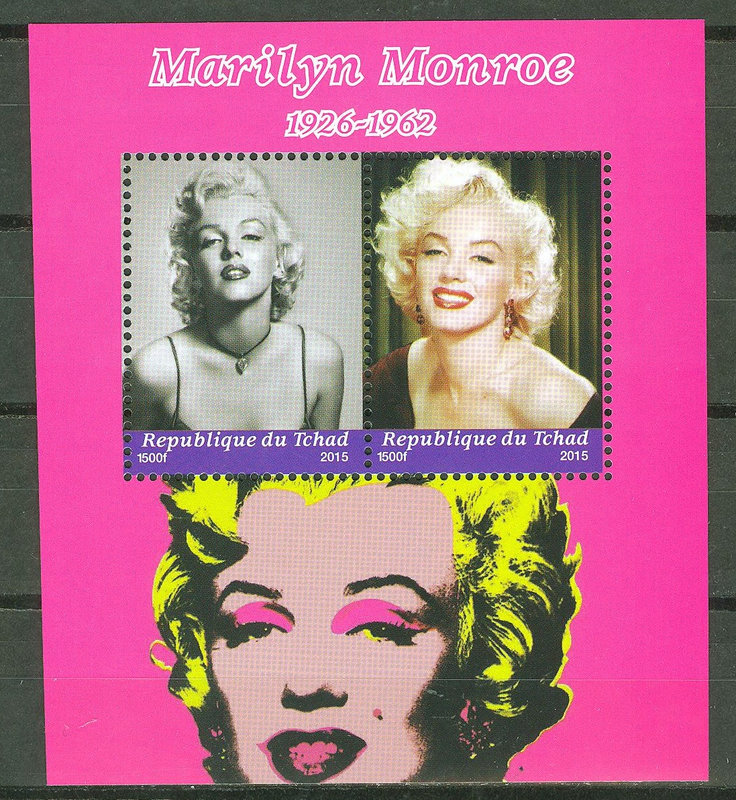

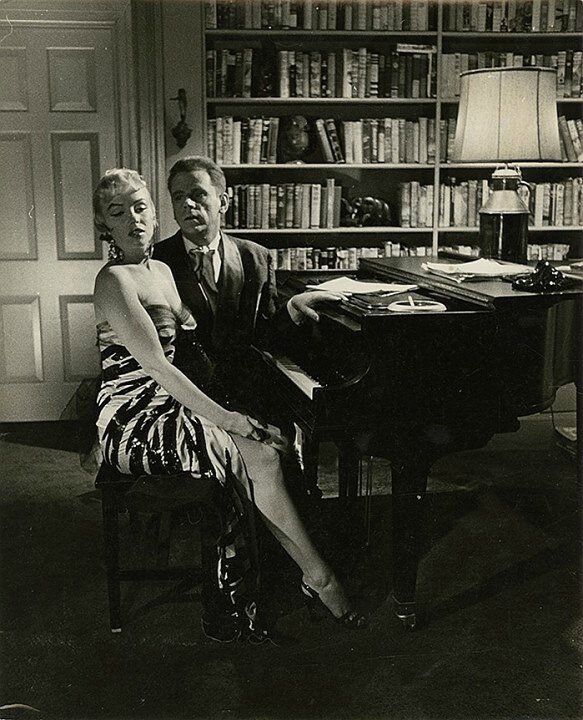
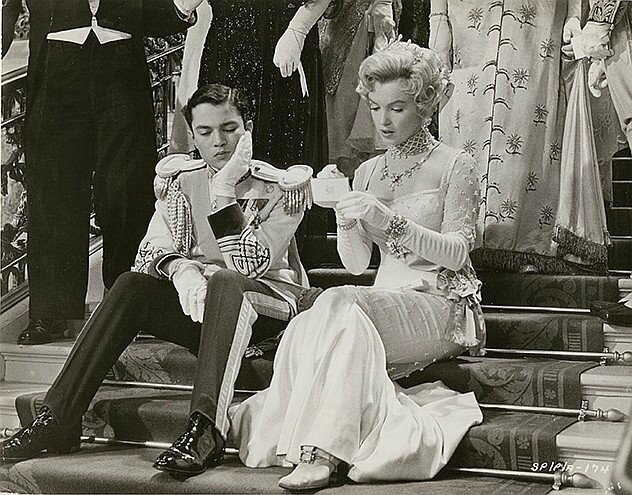
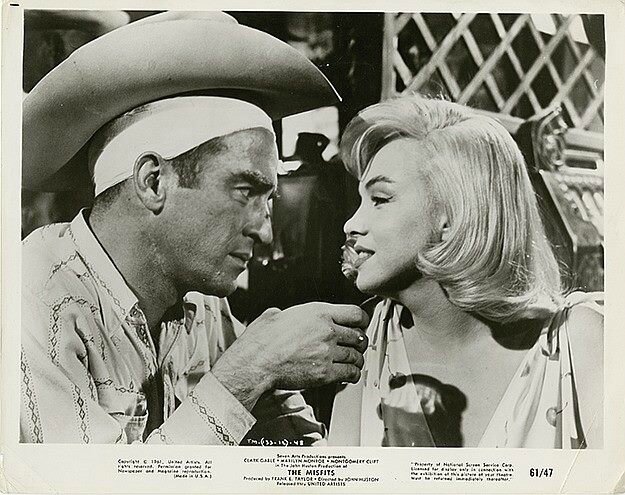

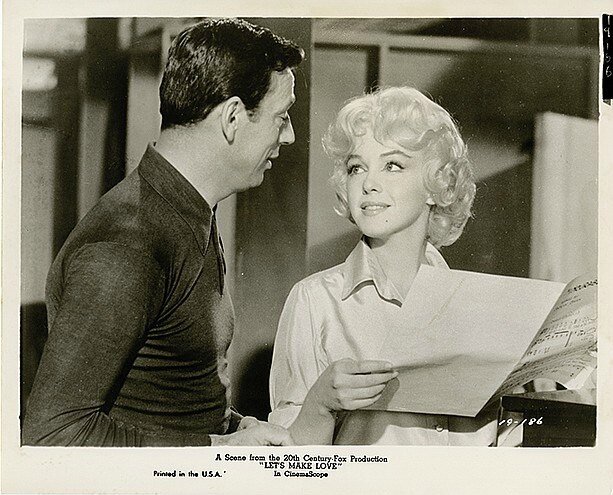
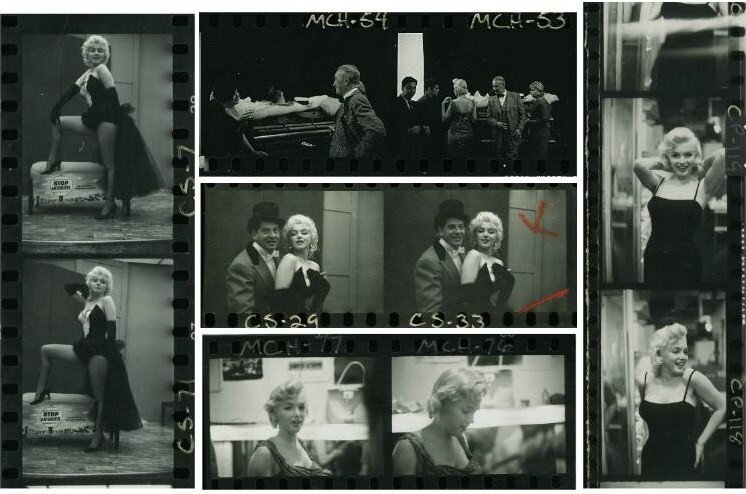

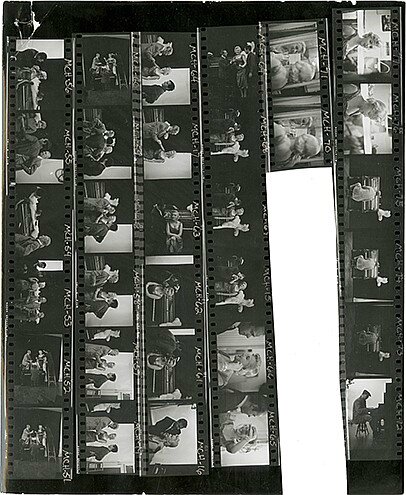
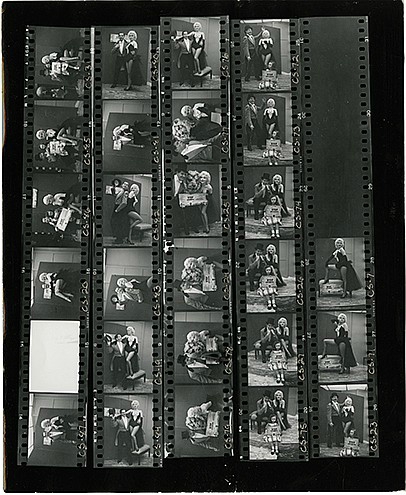



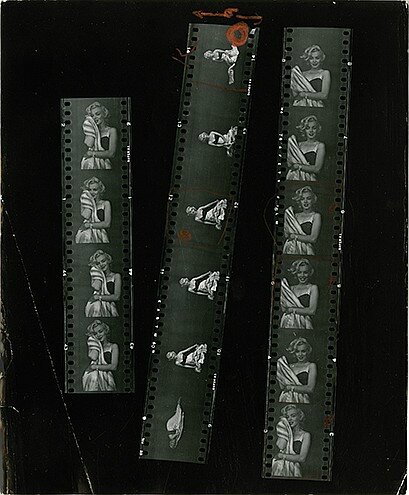




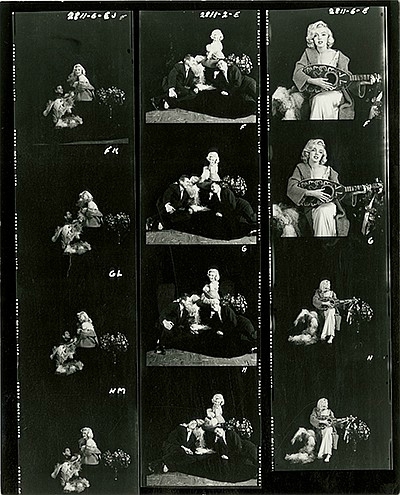
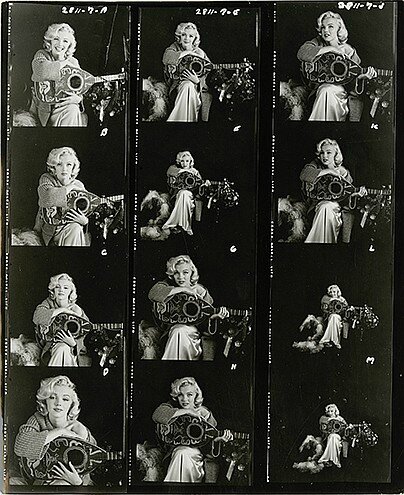



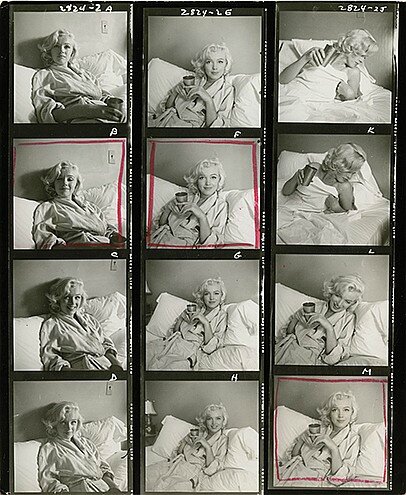

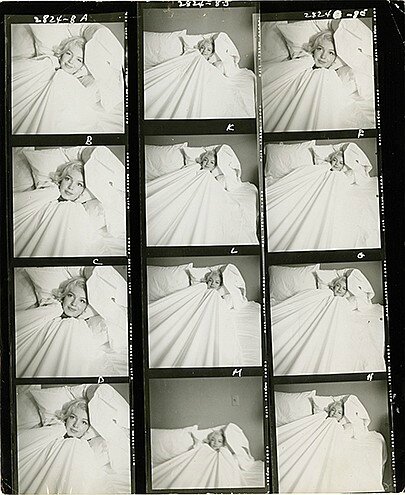
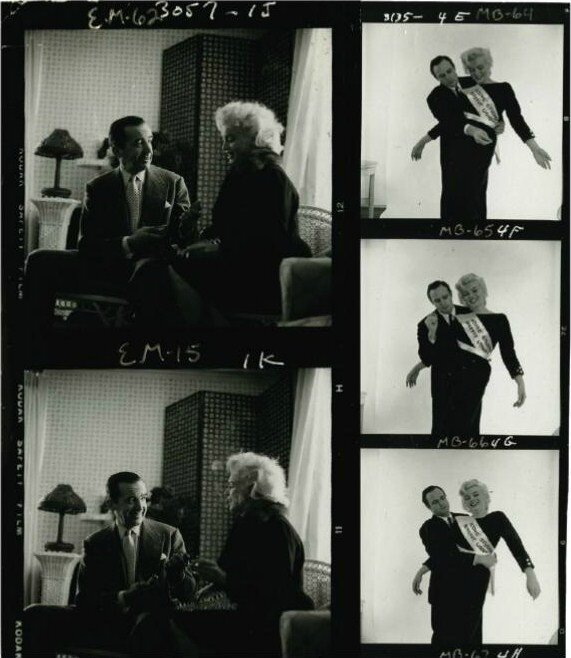
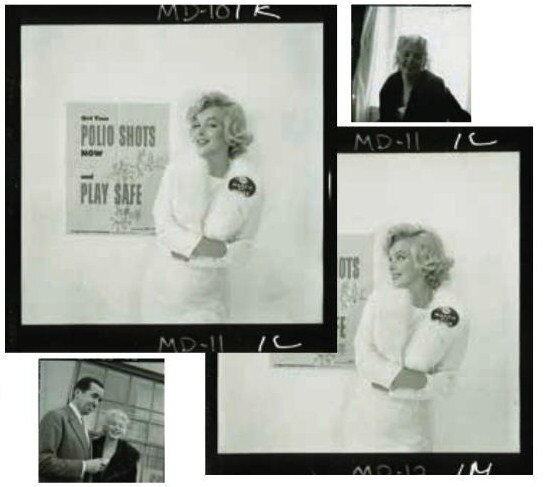
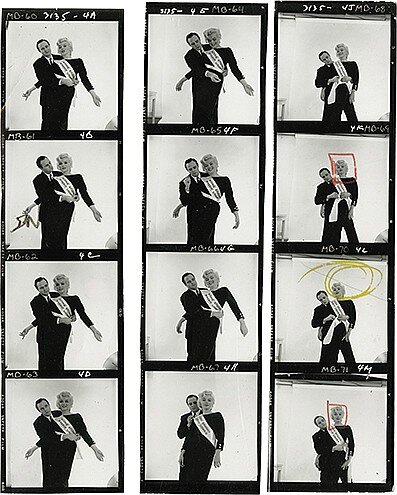
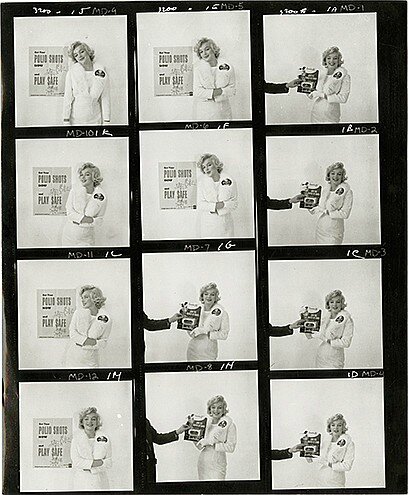

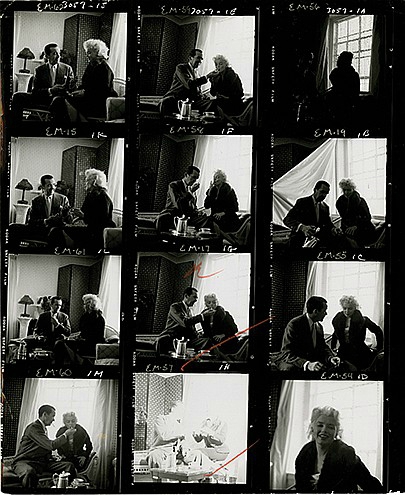
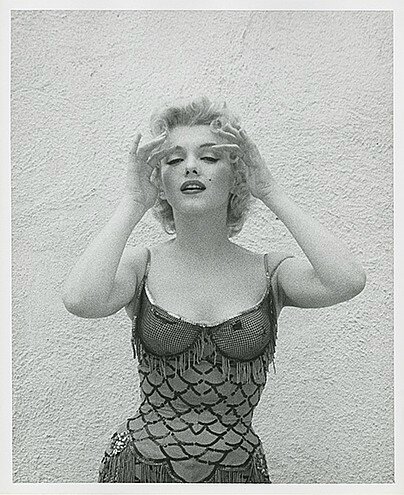
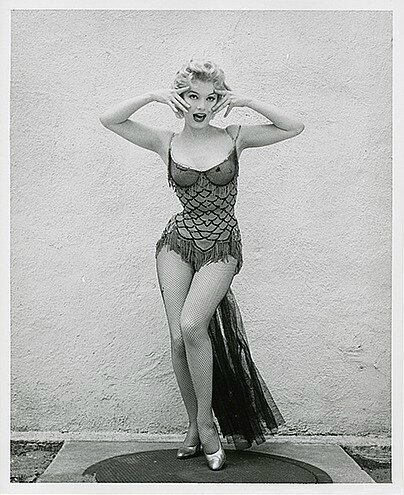

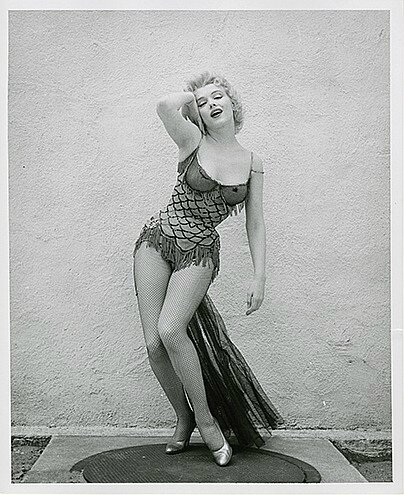
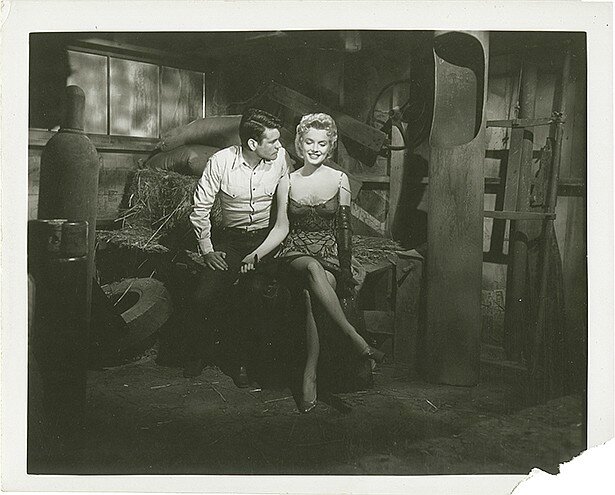

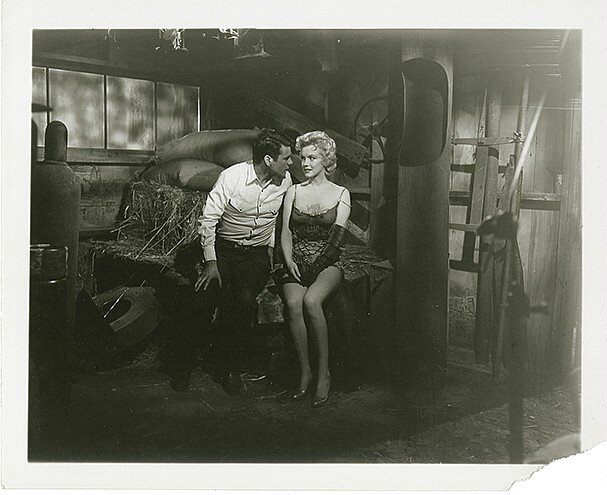
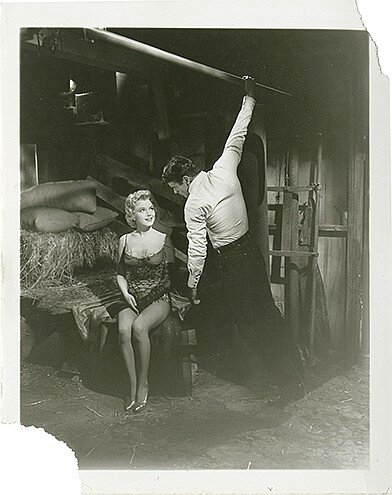
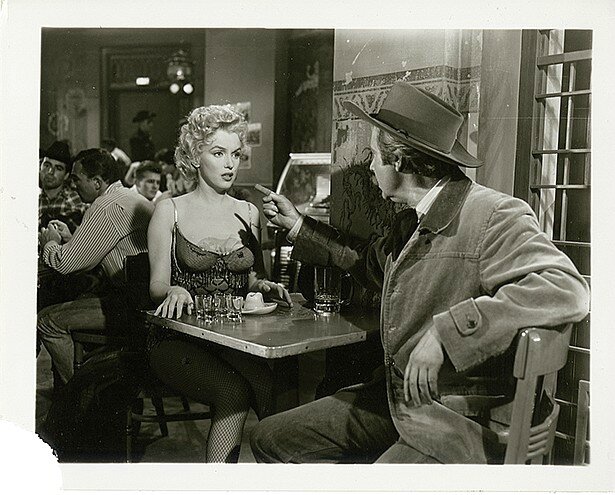
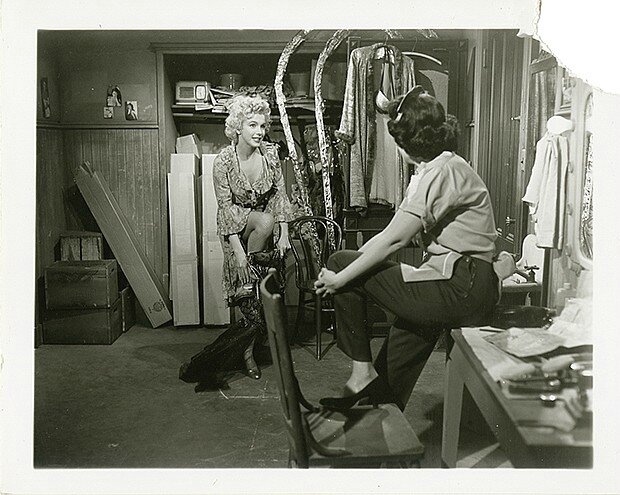
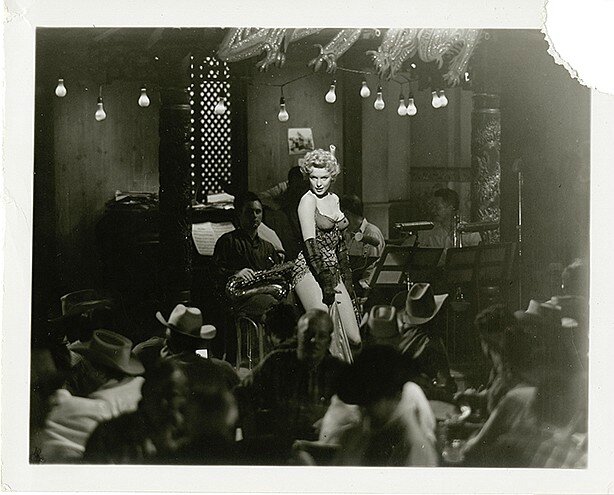

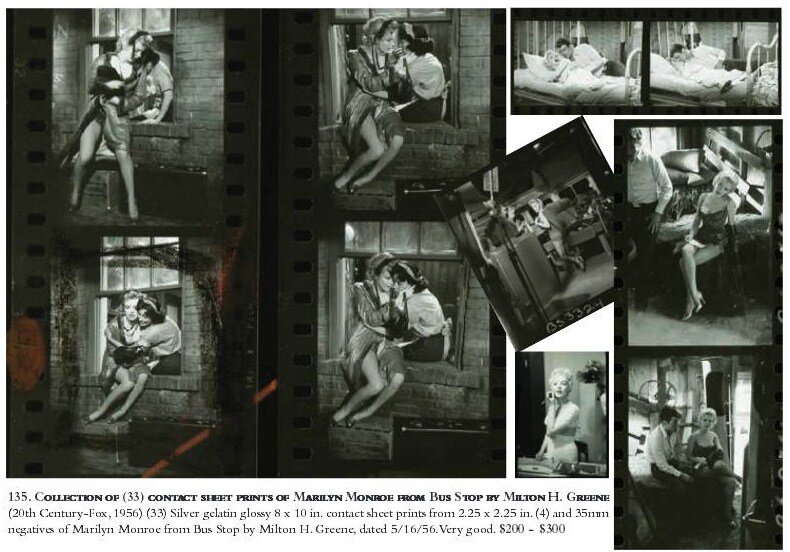


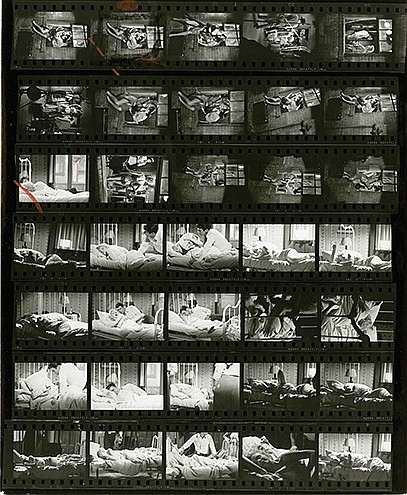







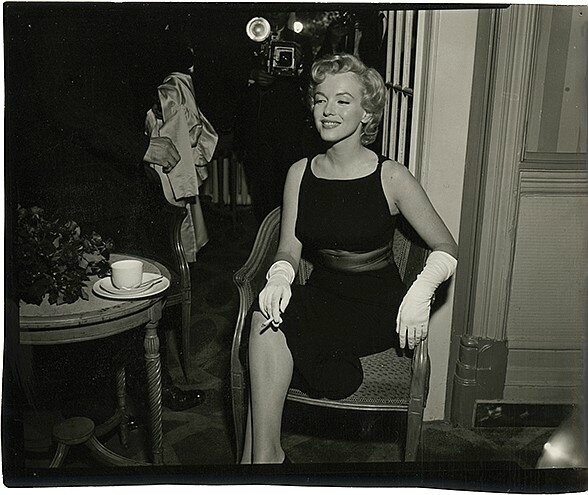
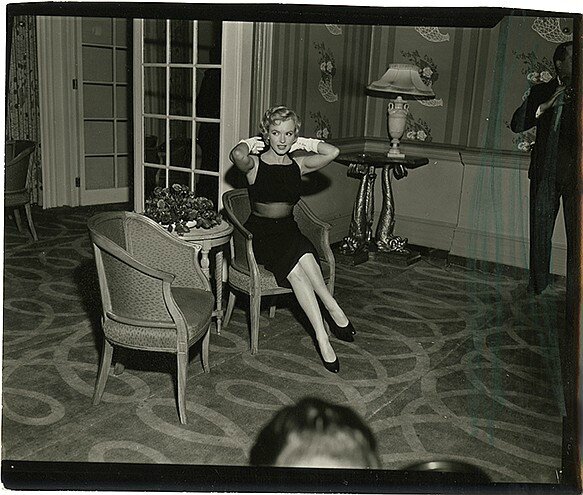

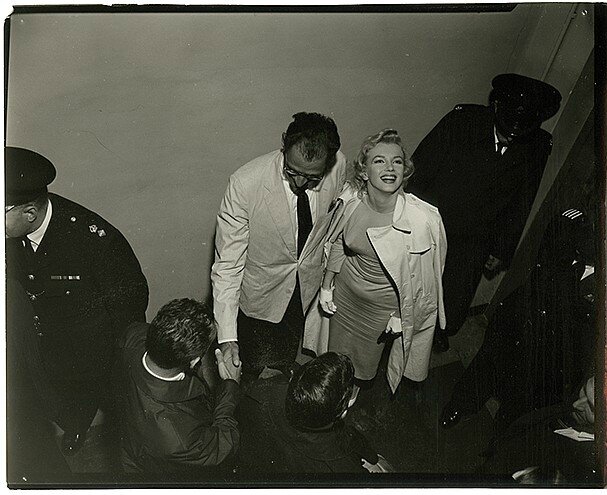
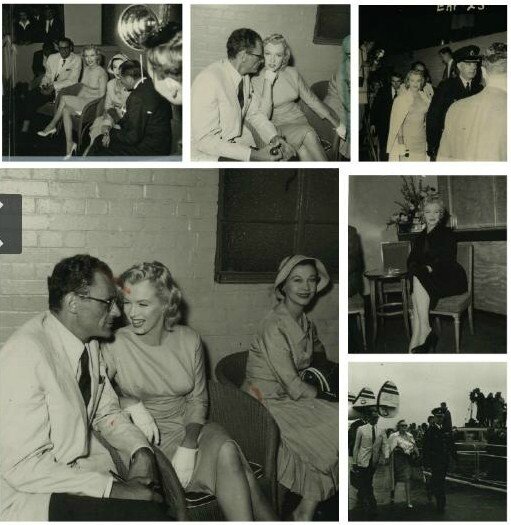
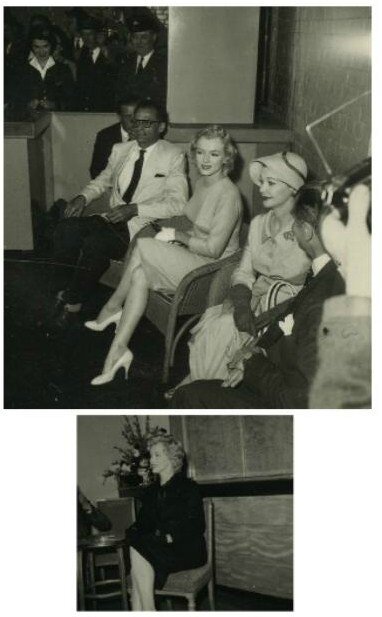
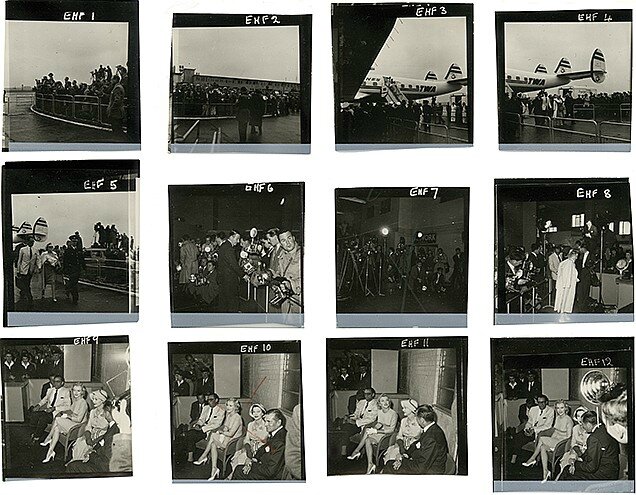
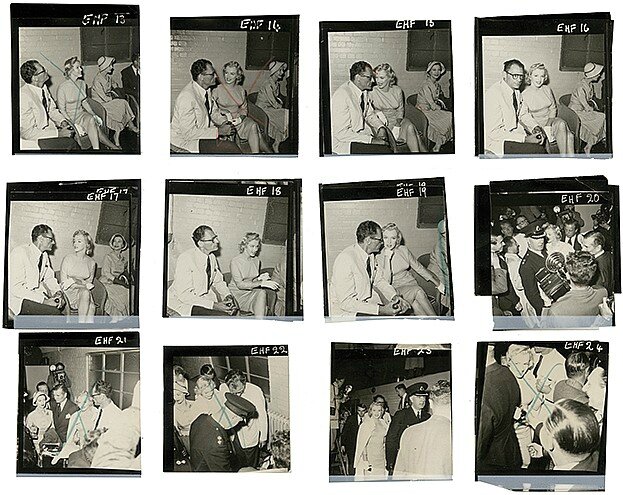
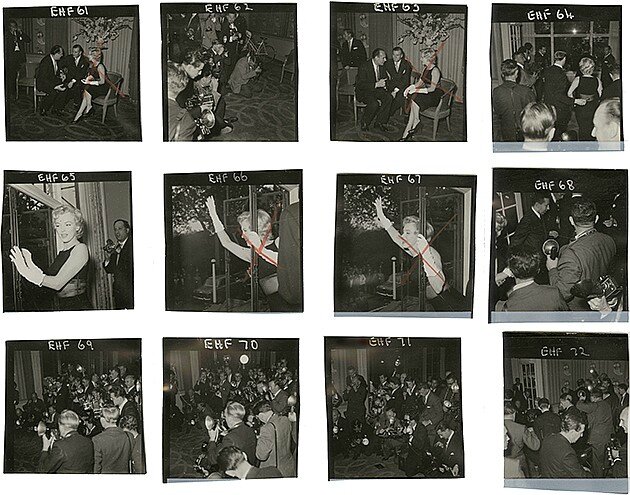
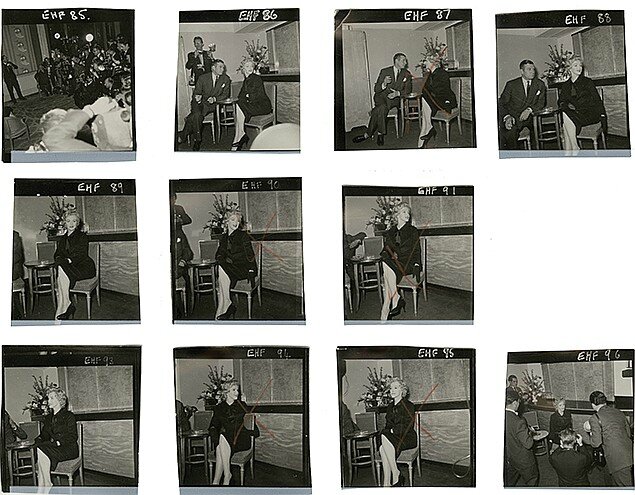
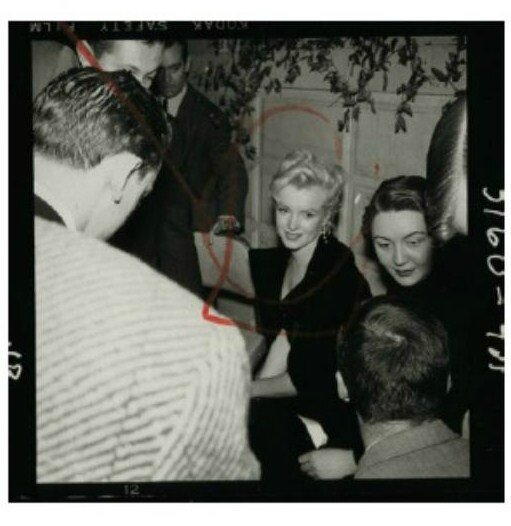
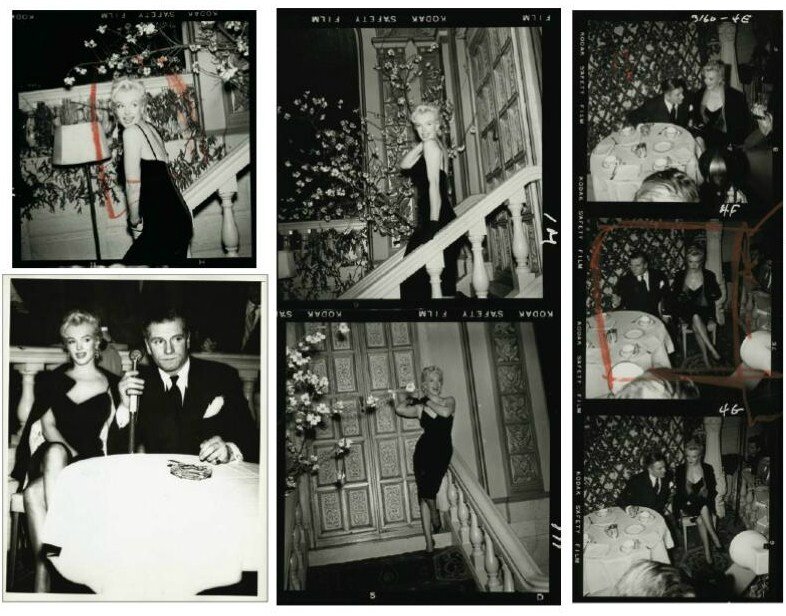

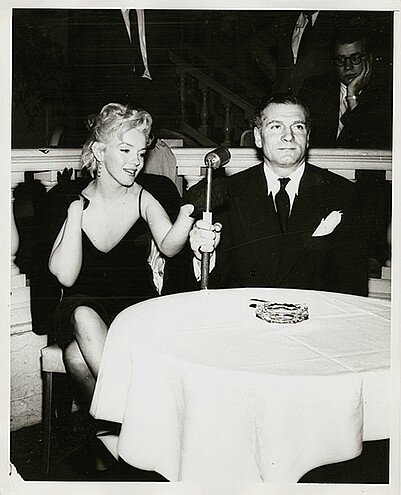
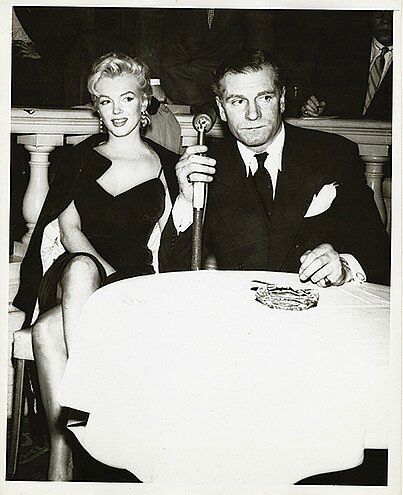
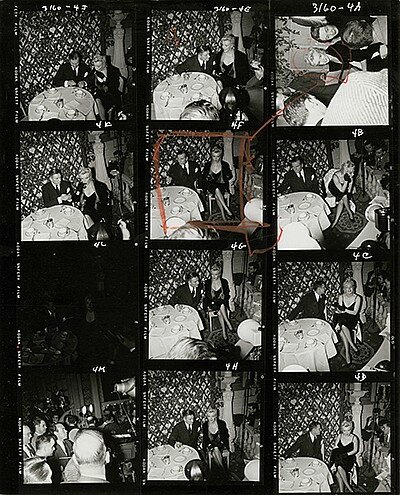
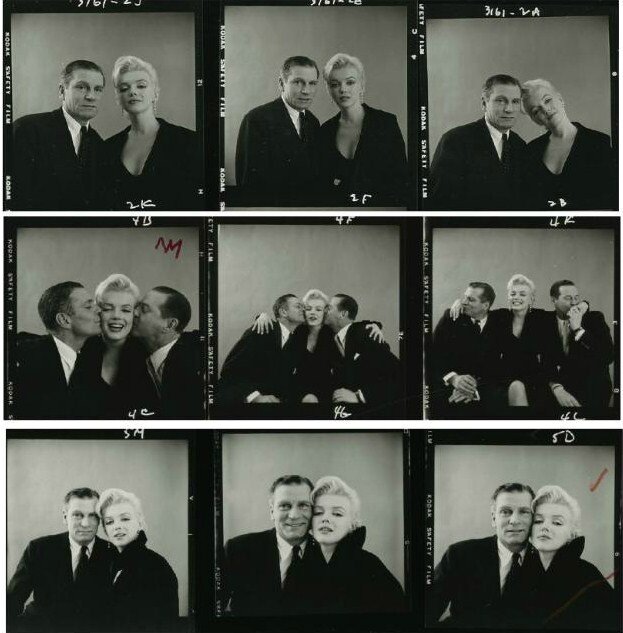

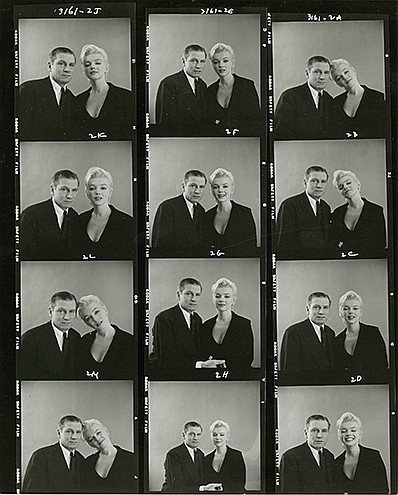
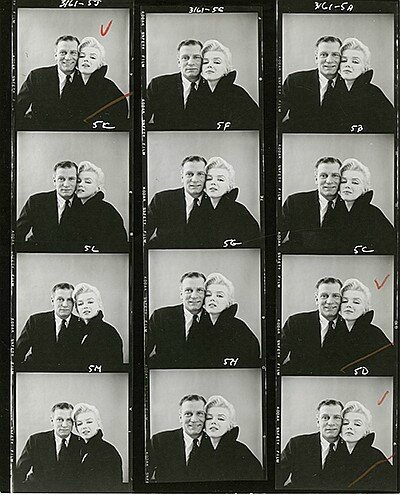

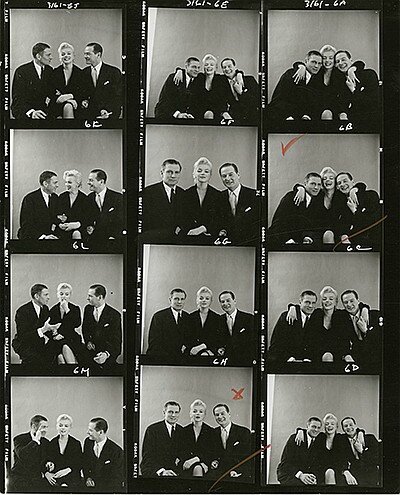
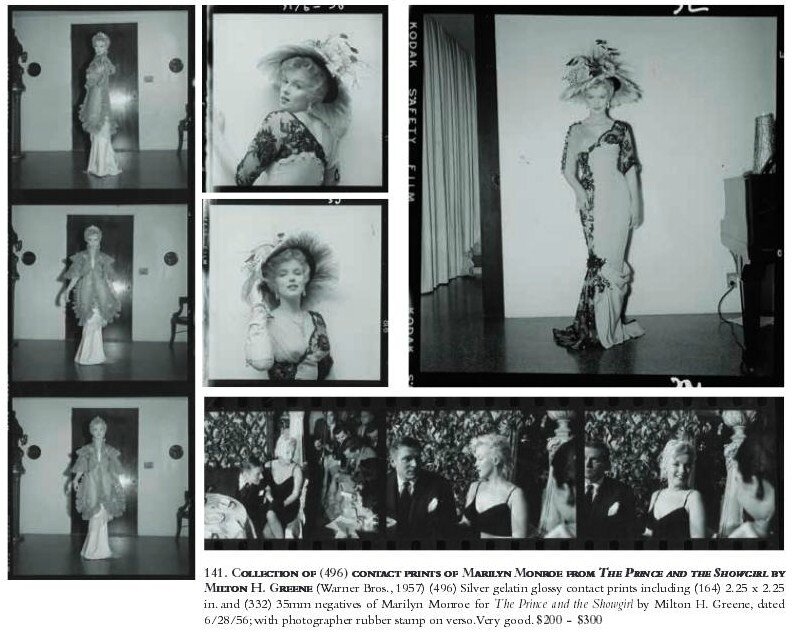
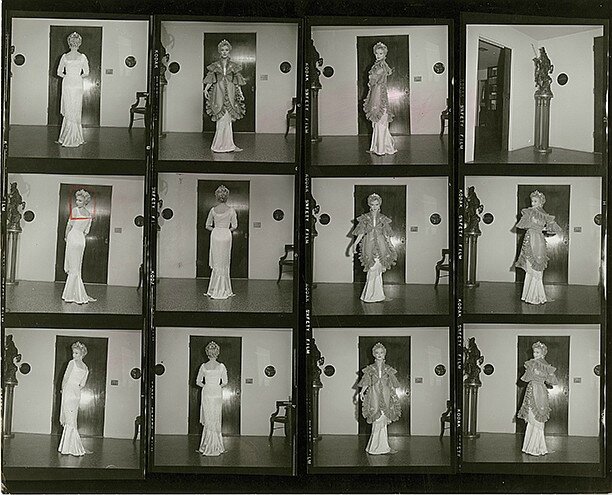

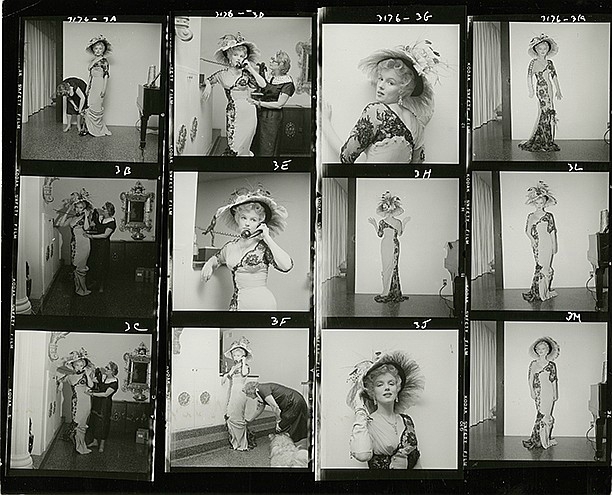
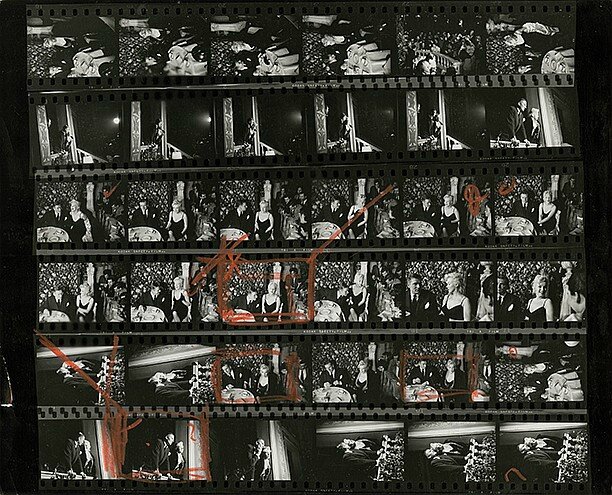


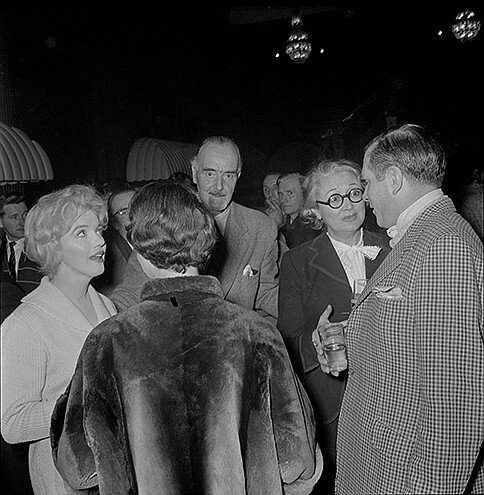
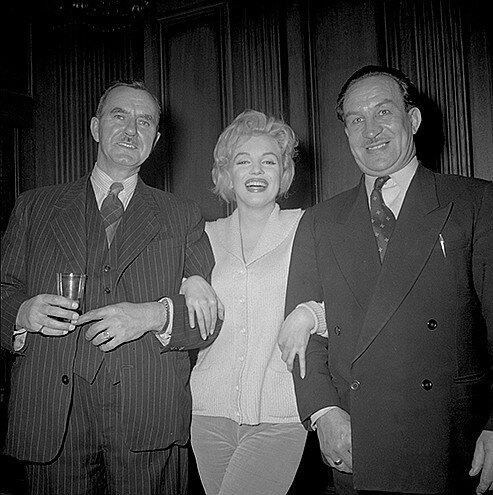
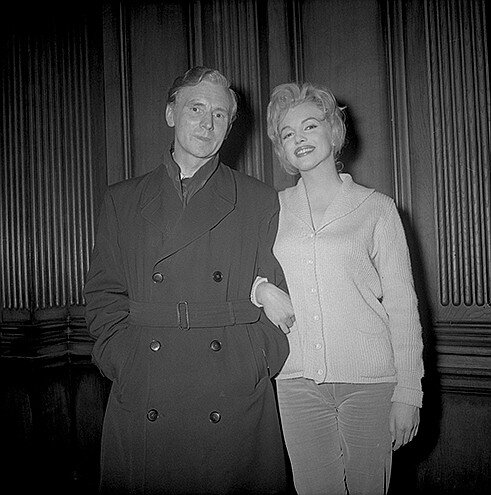
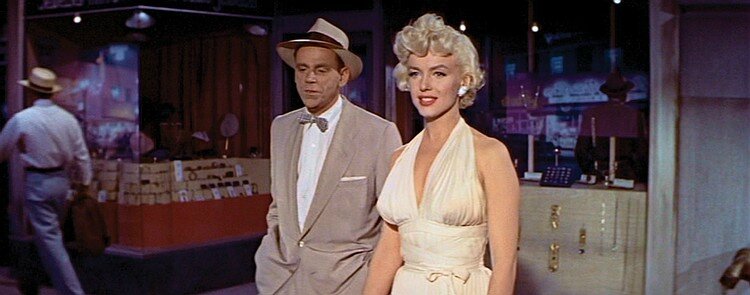
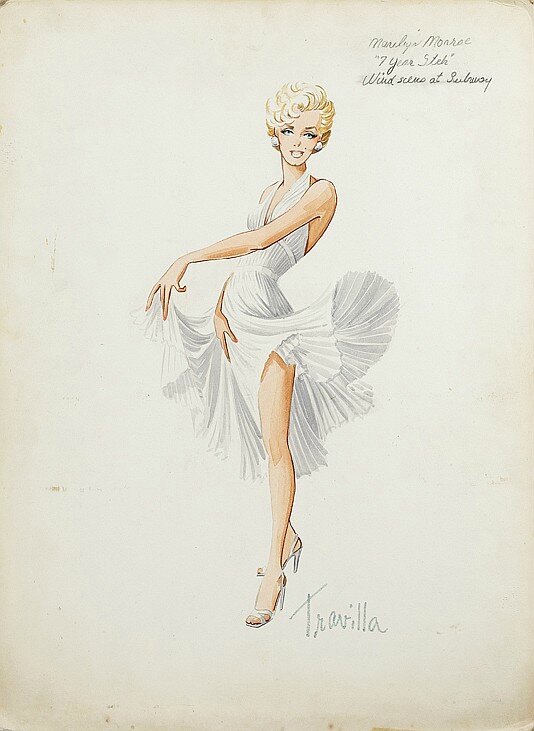

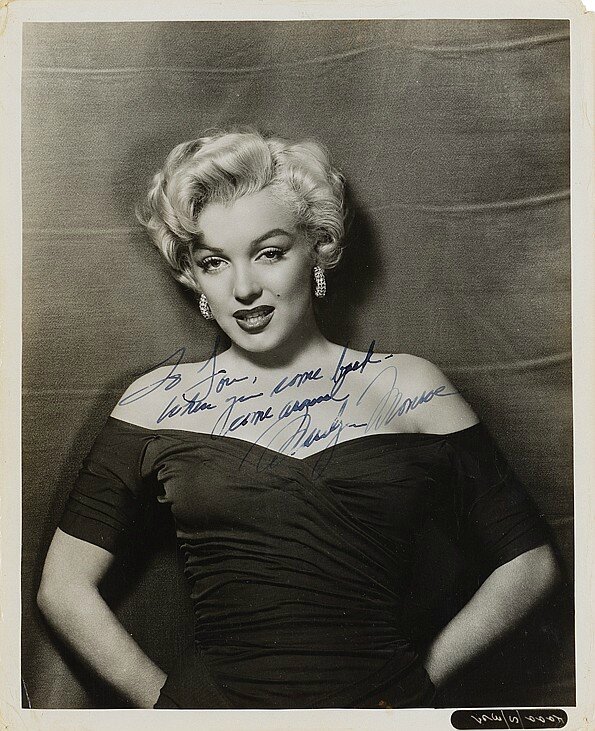
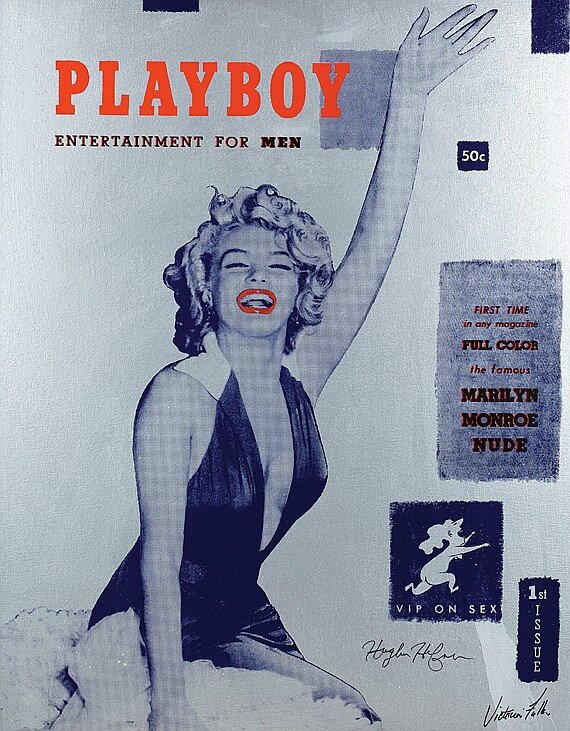
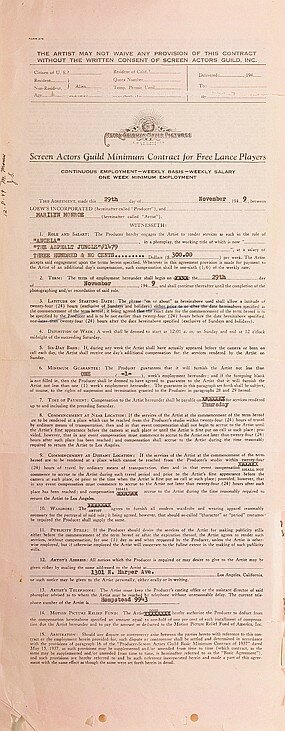

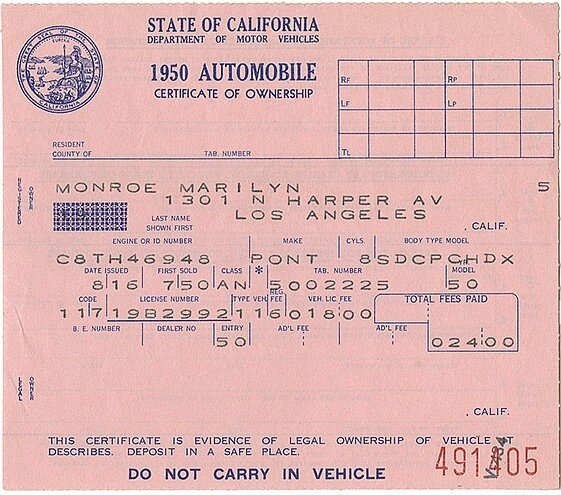
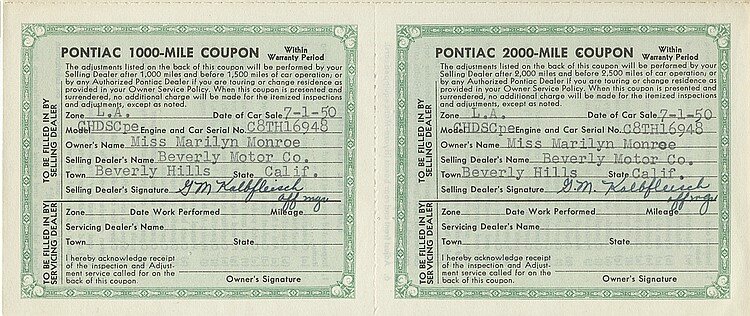
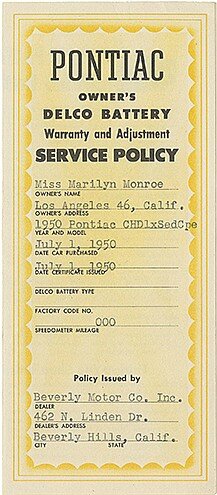



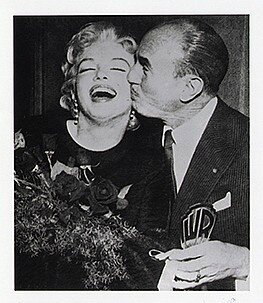




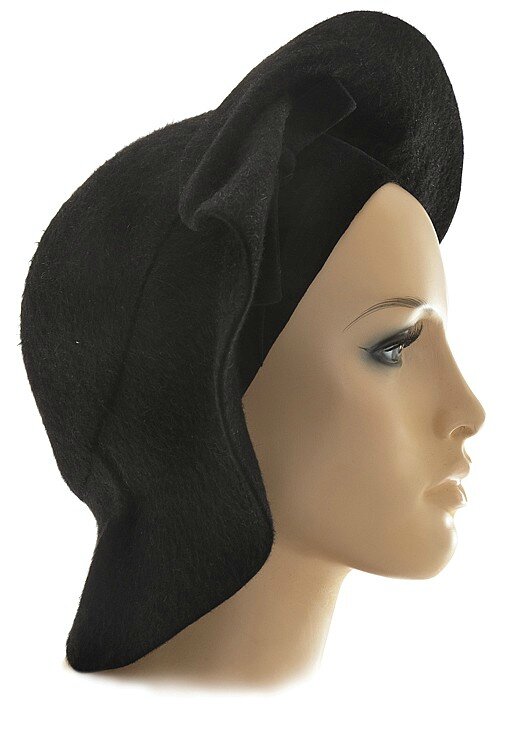
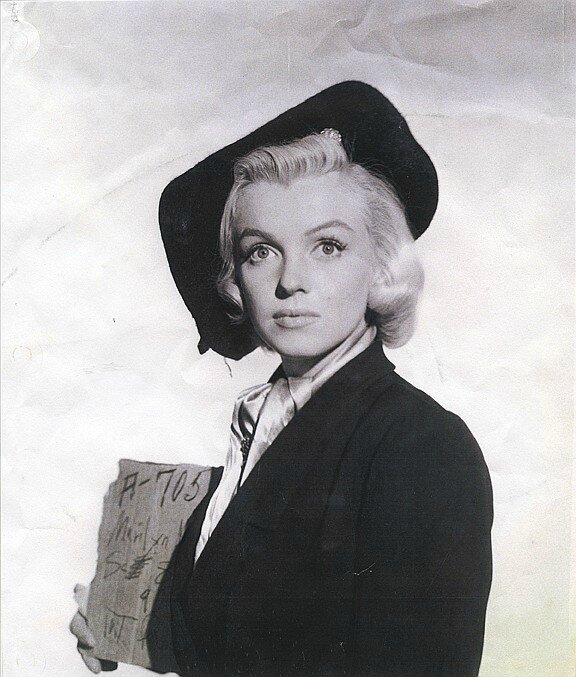
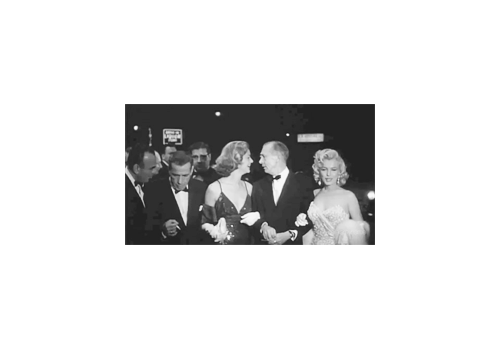

















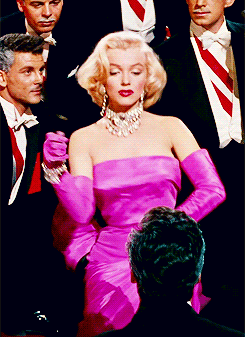
/image%2F1211268%2F20240229%2Fob_66f2c6_tag-mm-public-martin-lewis-show-1.png)
/image%2F1211268%2F20240410%2Fob_07cb4a_blog-gif-mm-stern-1.gif)
/image%2F1211268%2F20240504%2Fob_65c759_blog-gif-mm-premiere-3.gif)
/image%2F1211268%2F20240301%2Fob_735dec_blog-liens-culture.jpg)

/image%2F1211268%2F20240302%2Fob_e11252_blog-liens-friends-jane.gif)